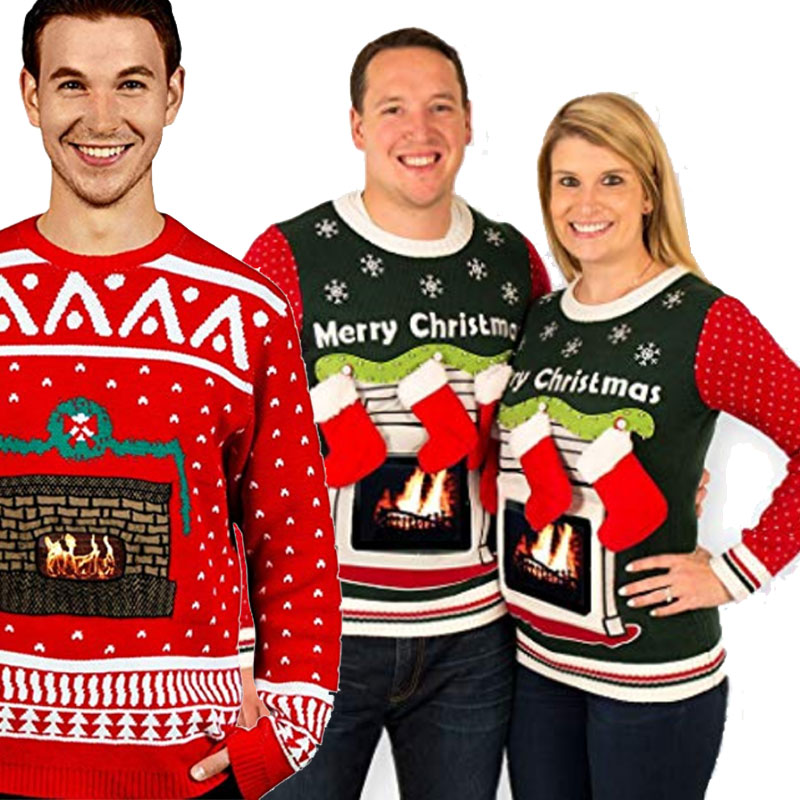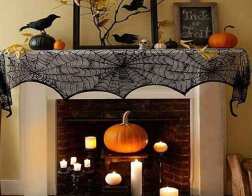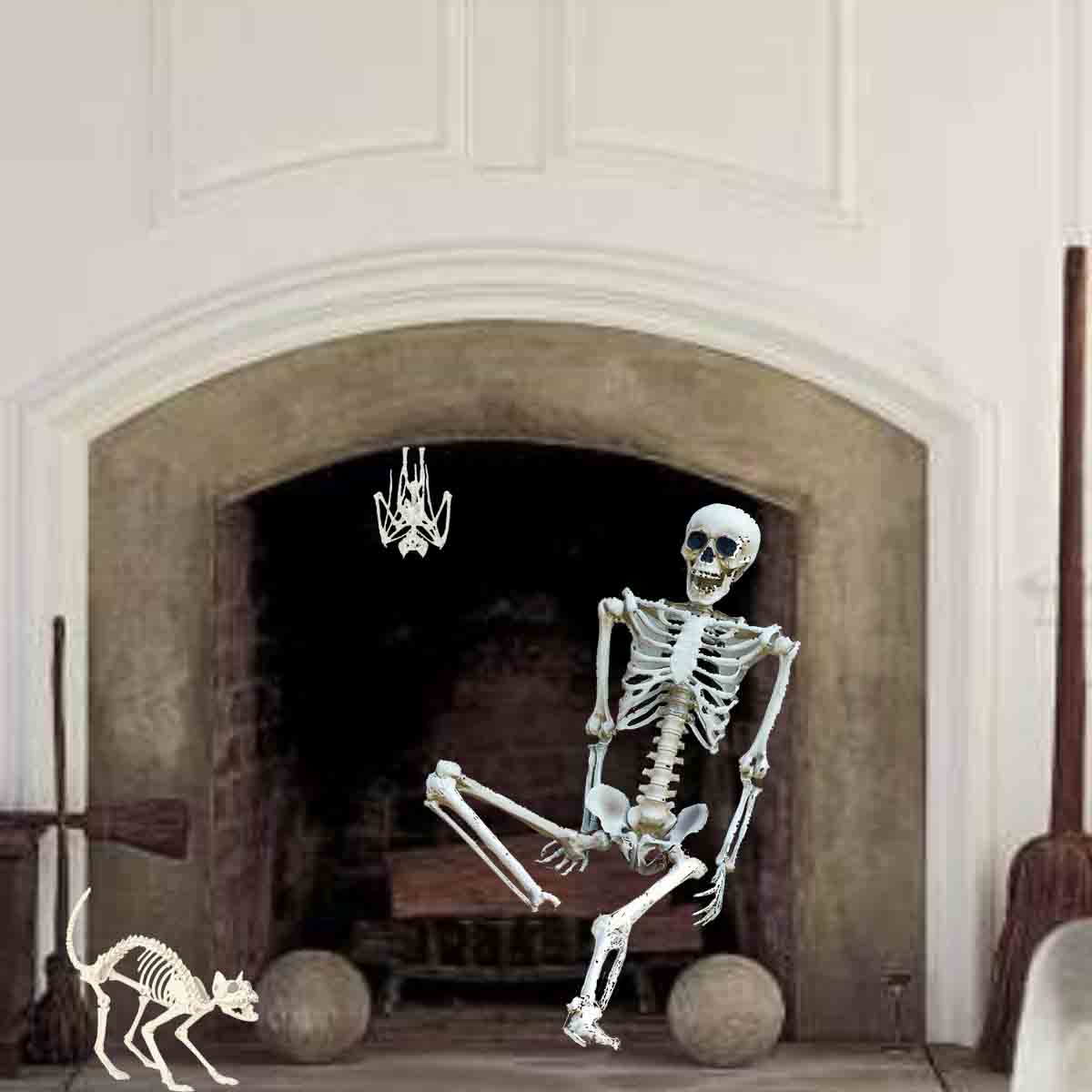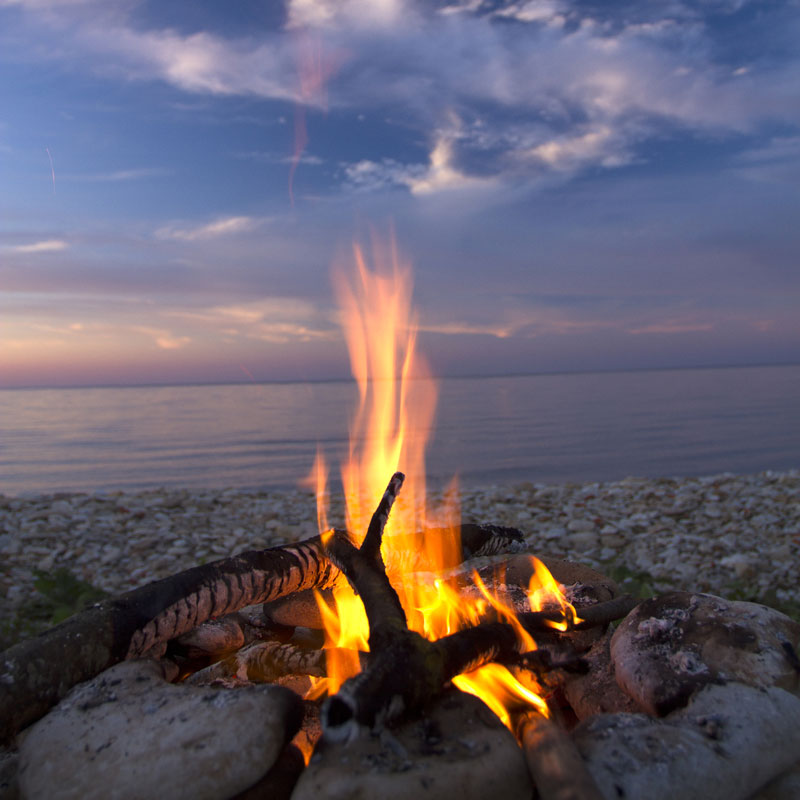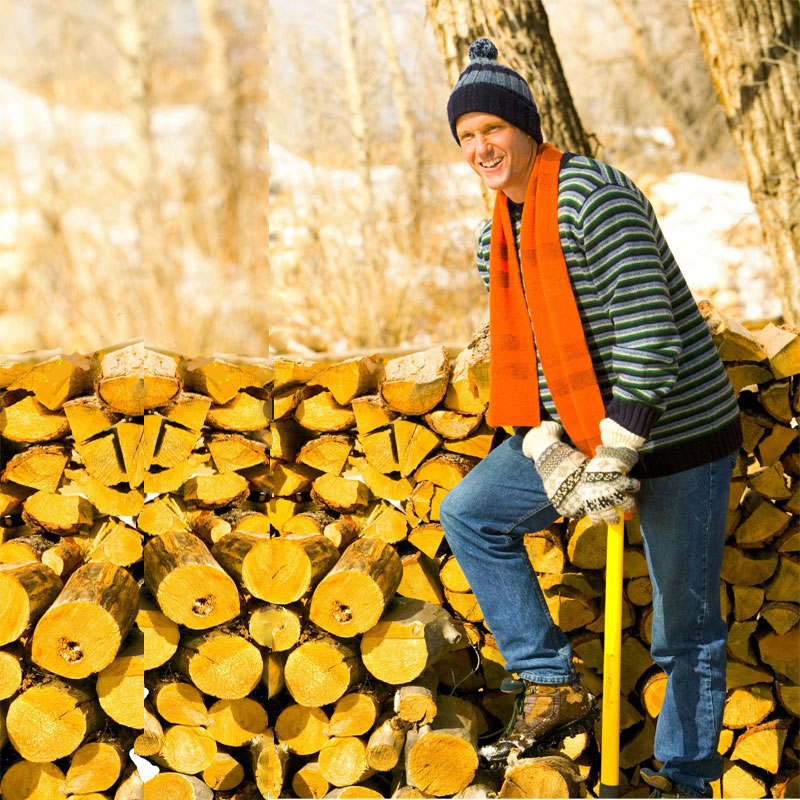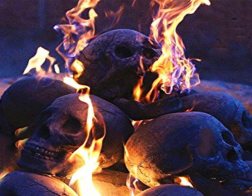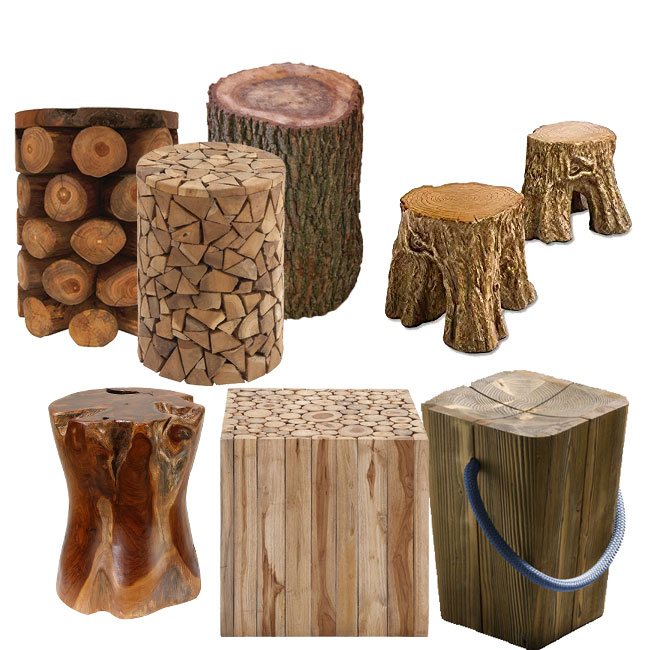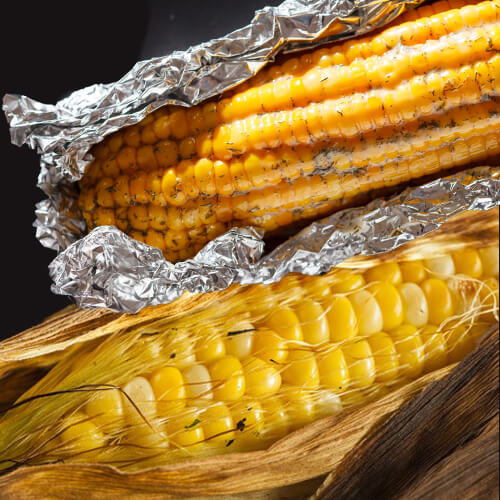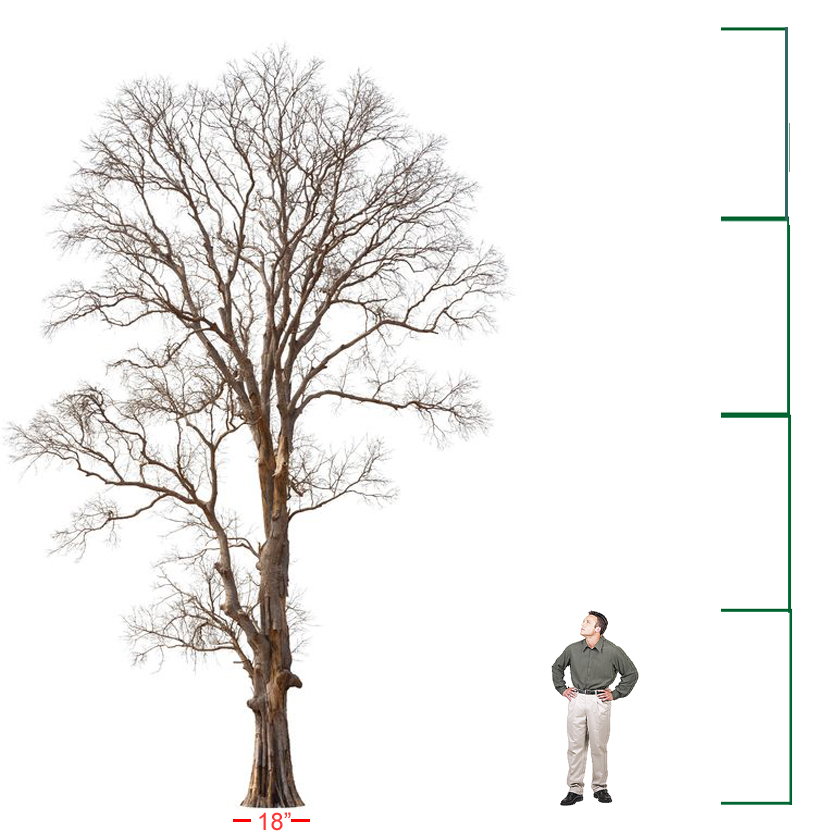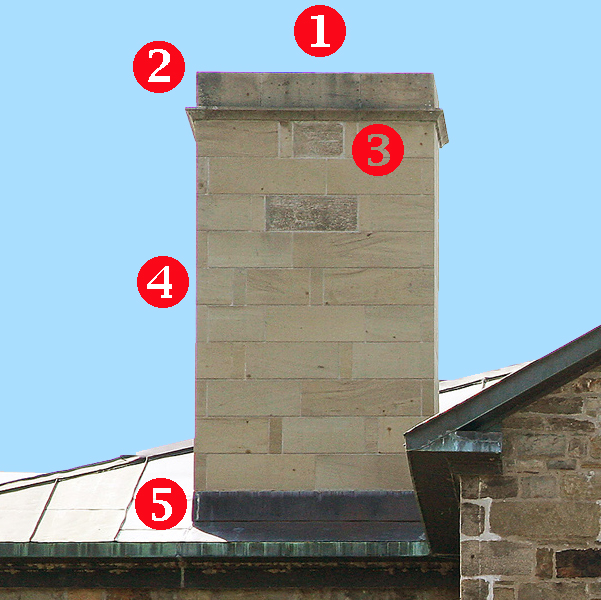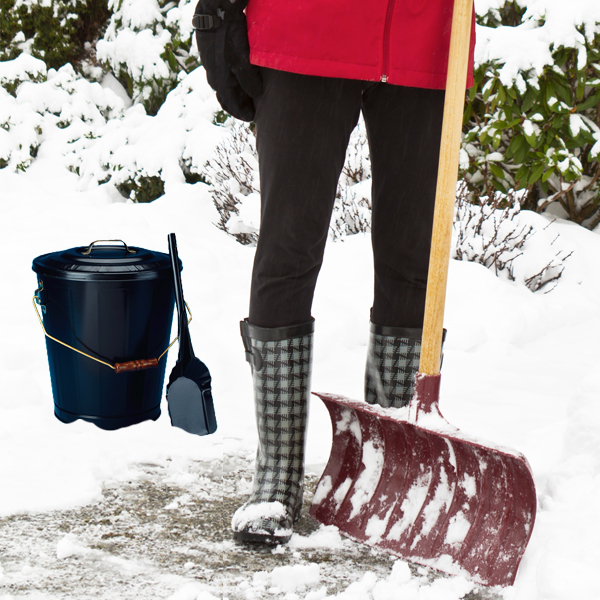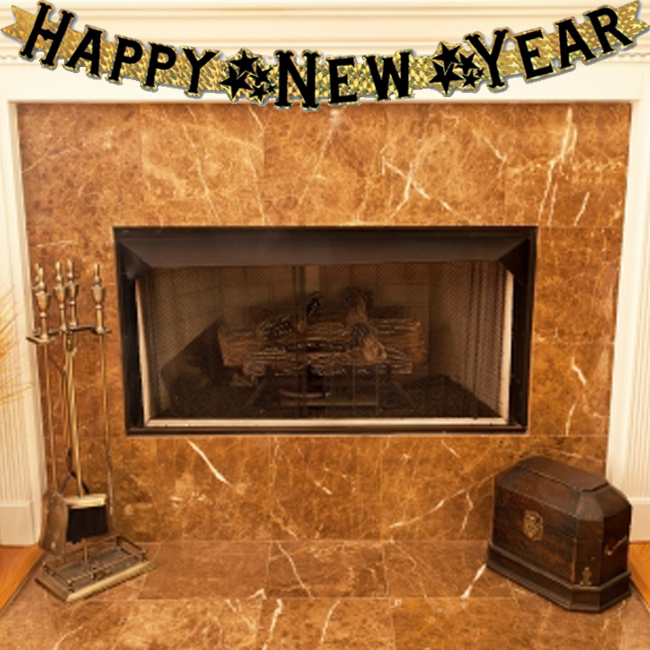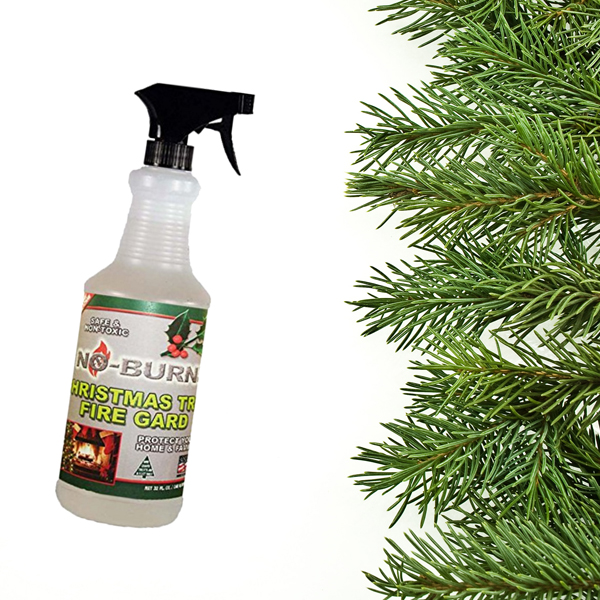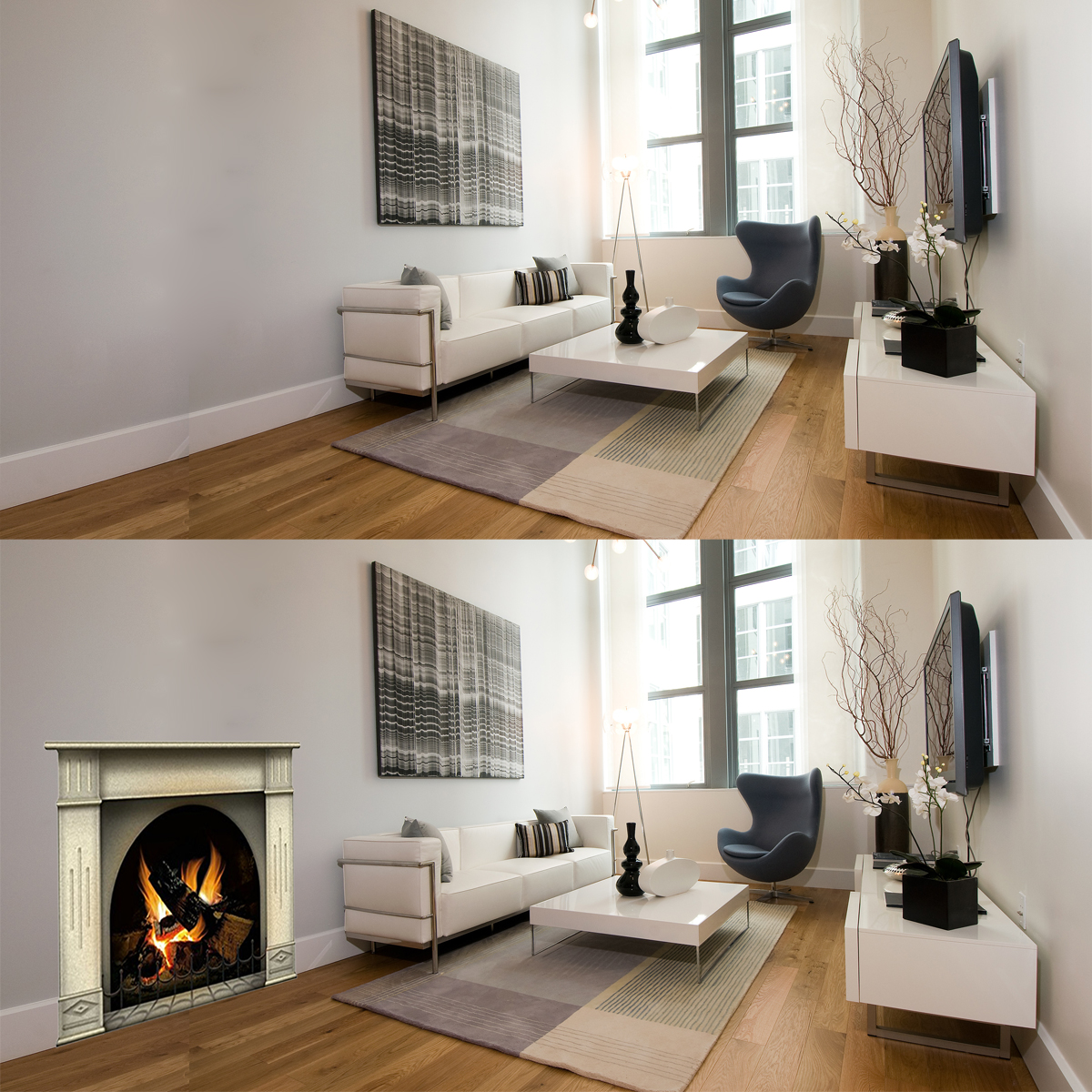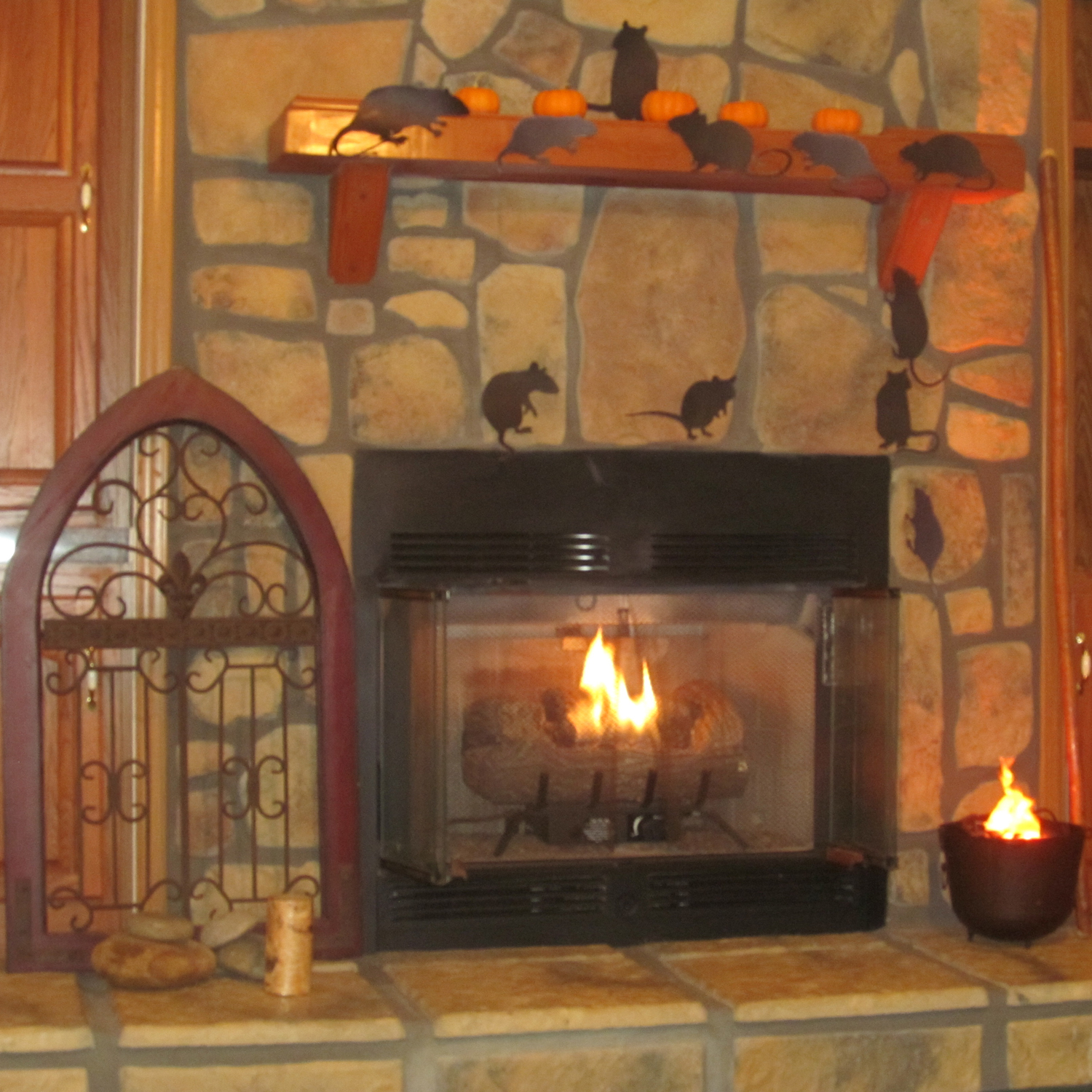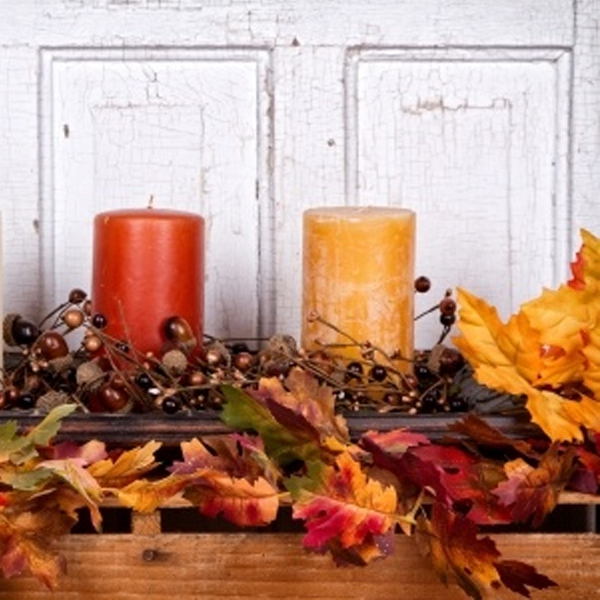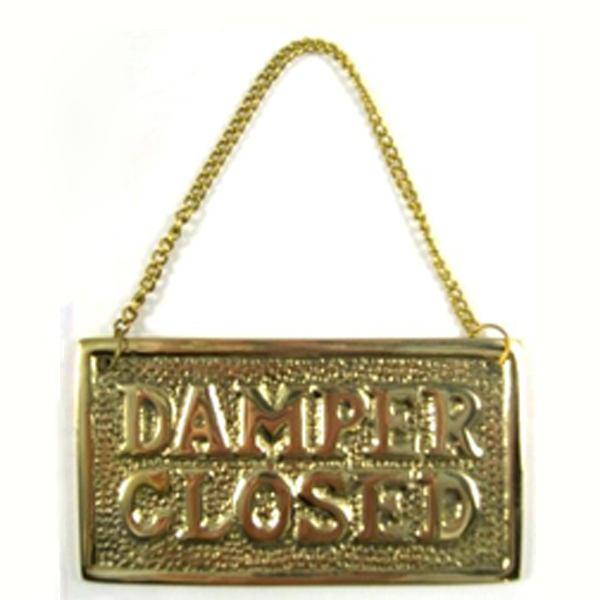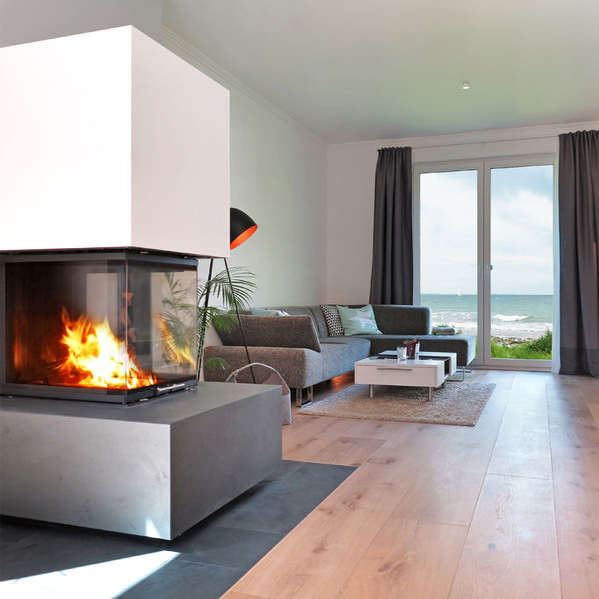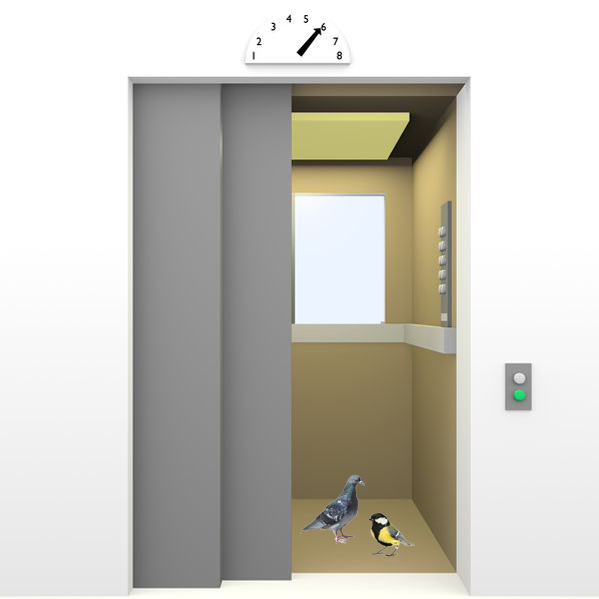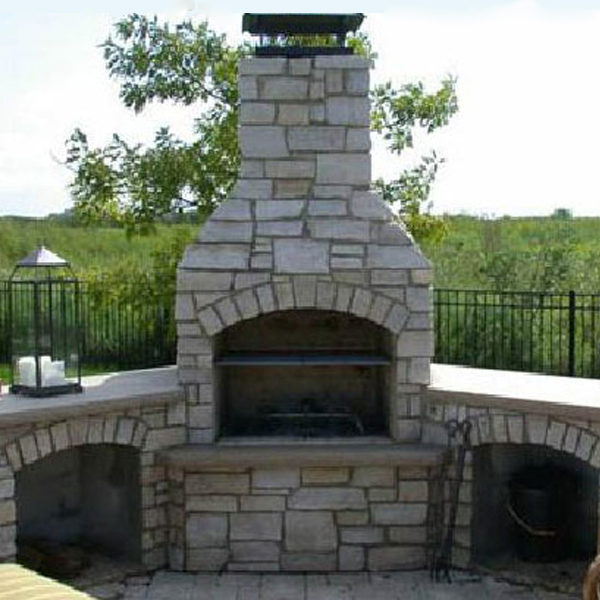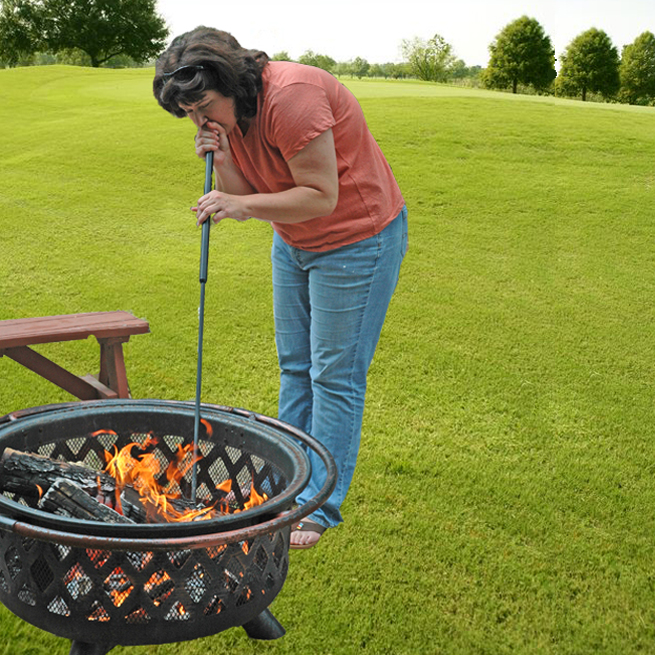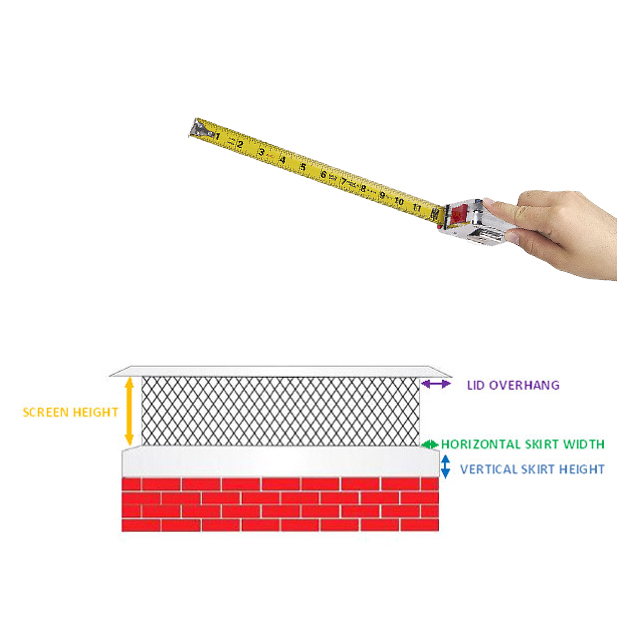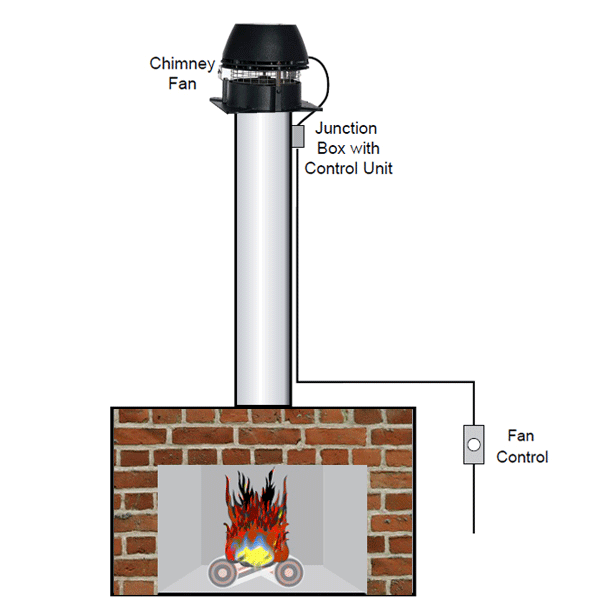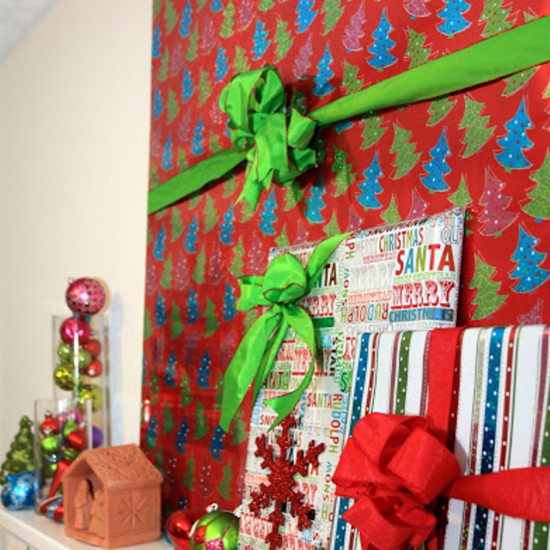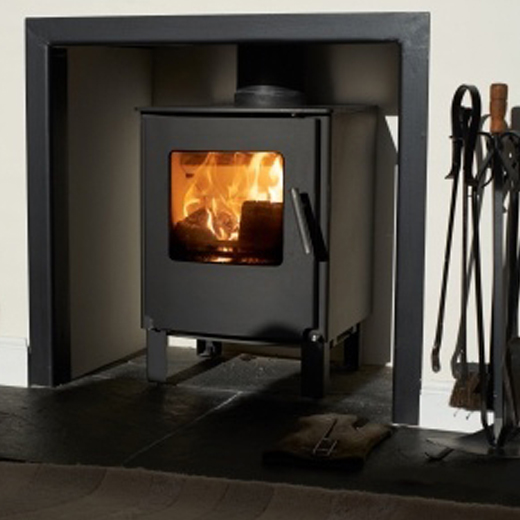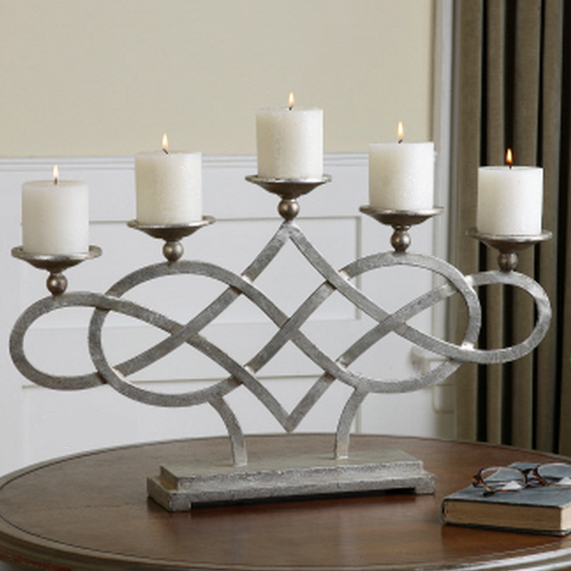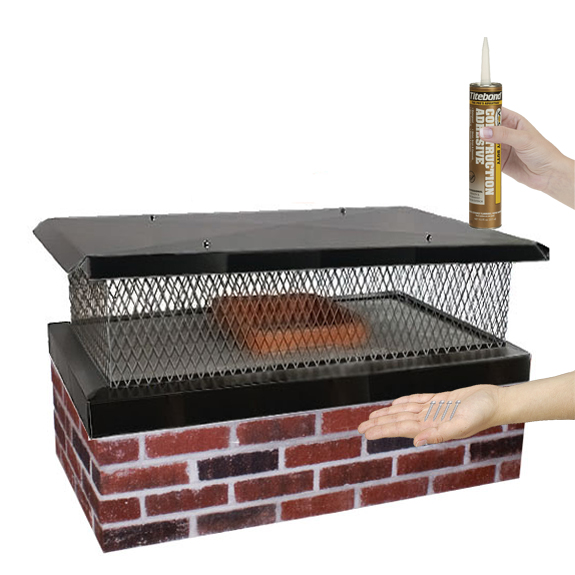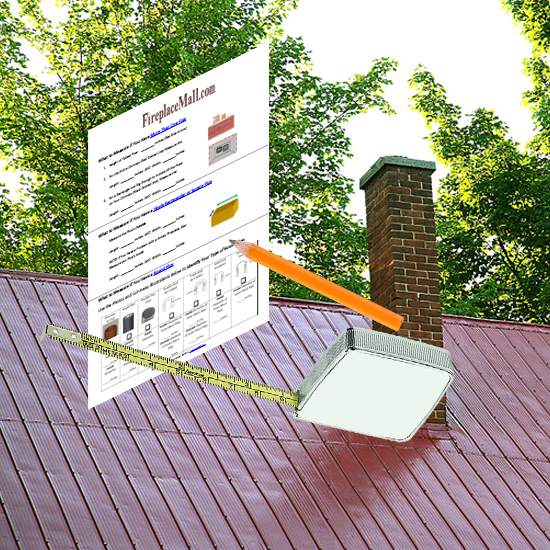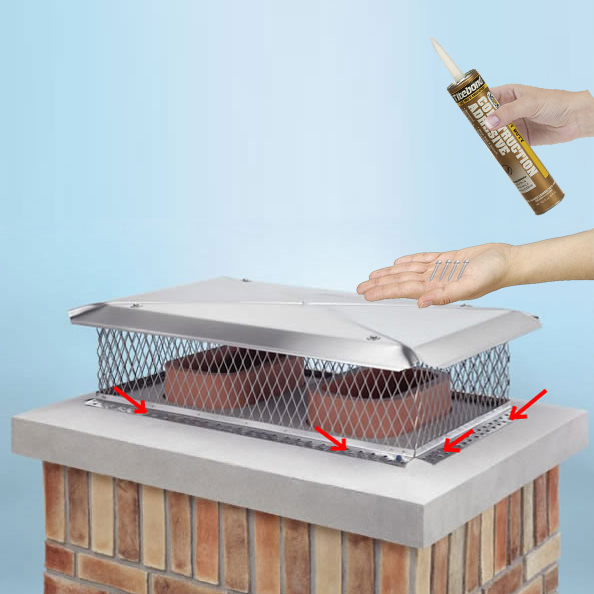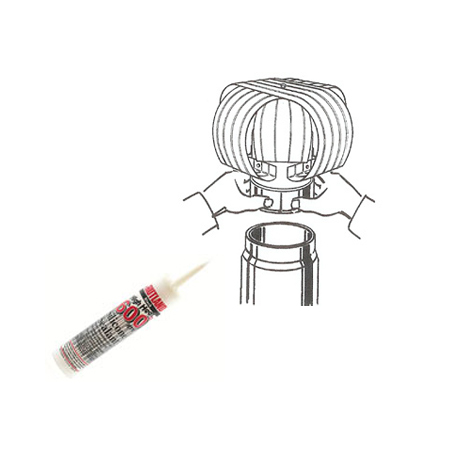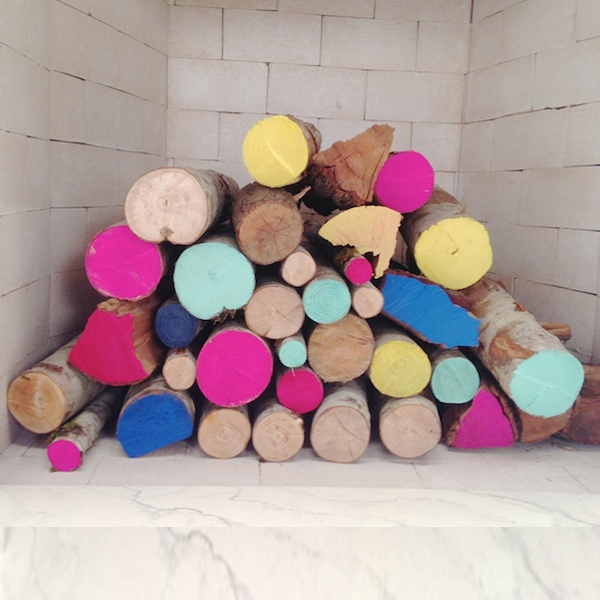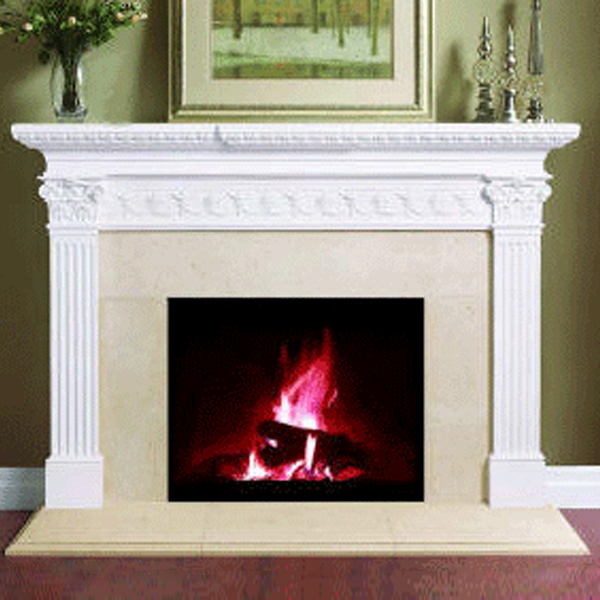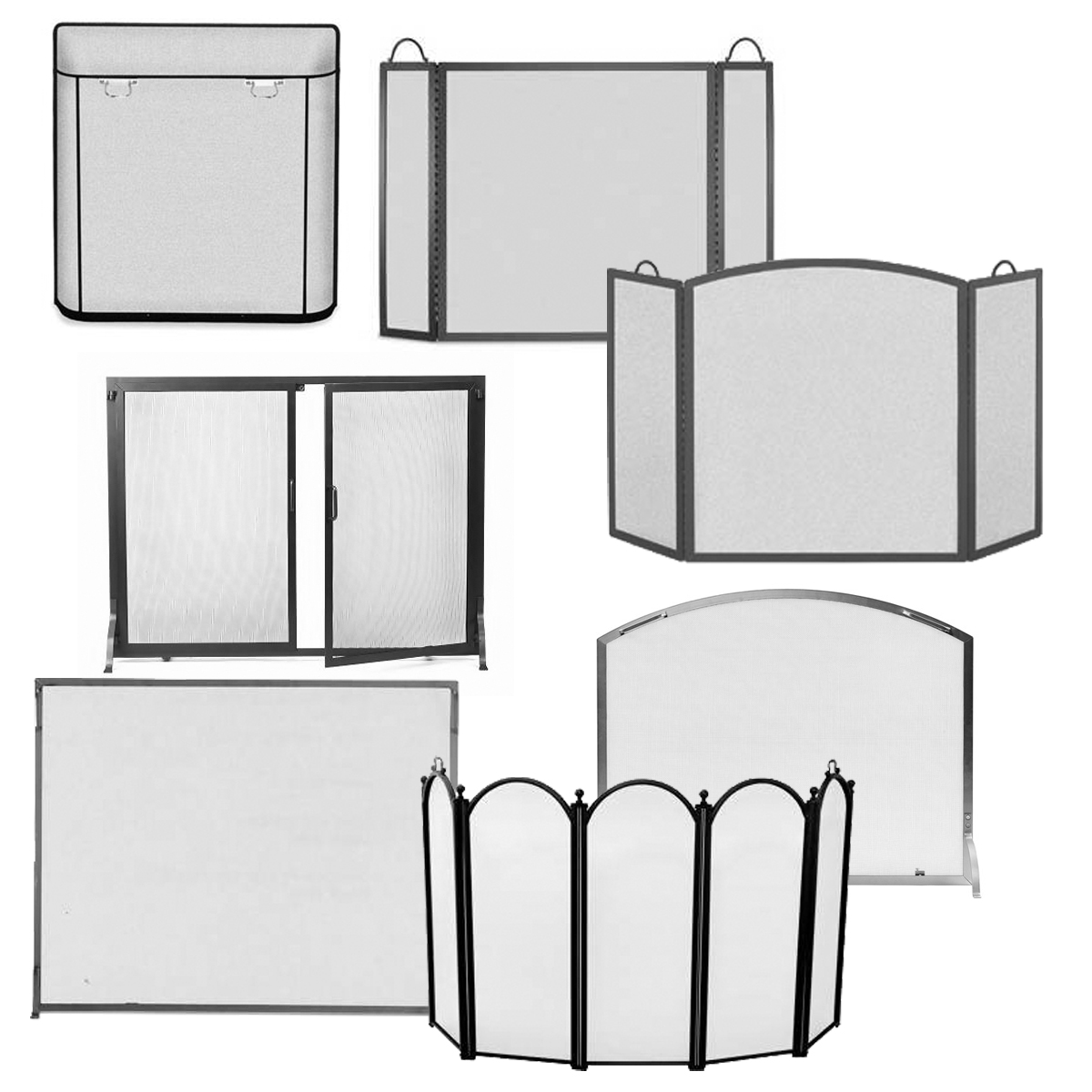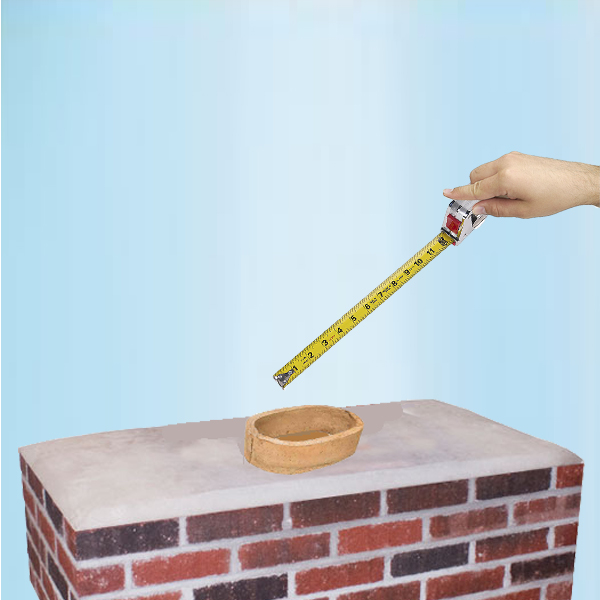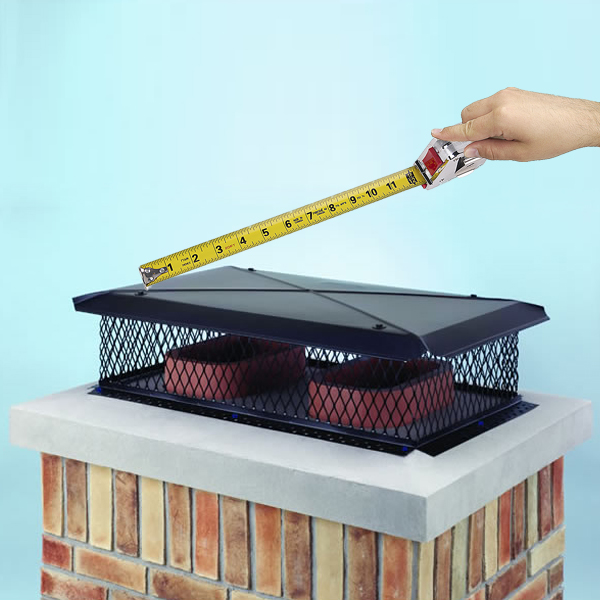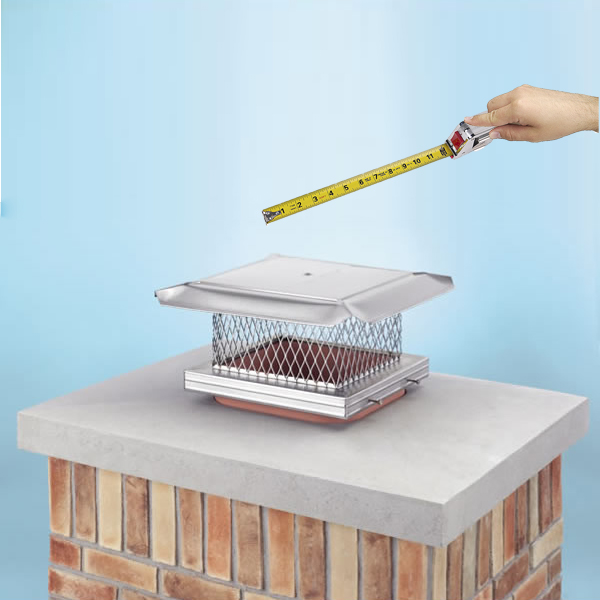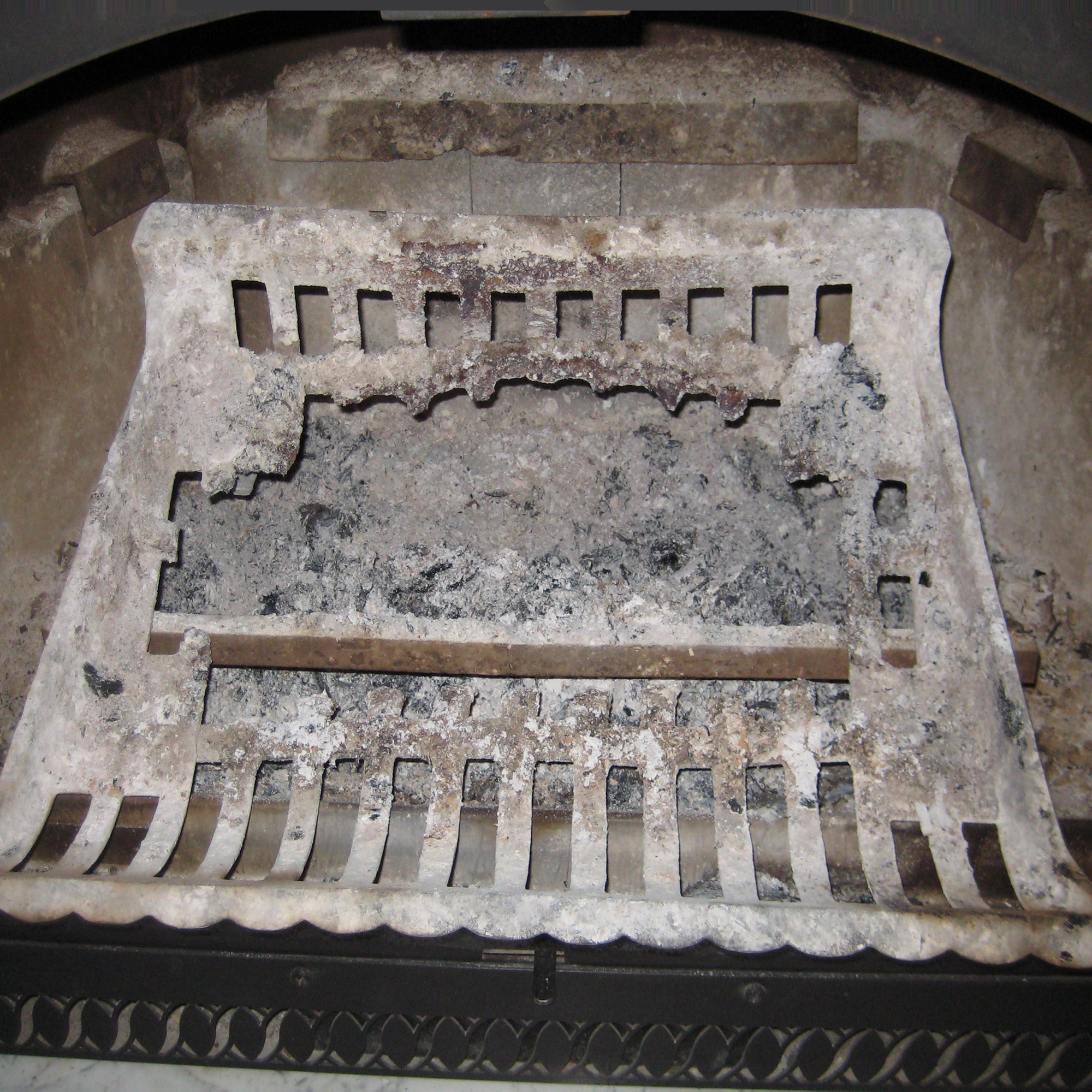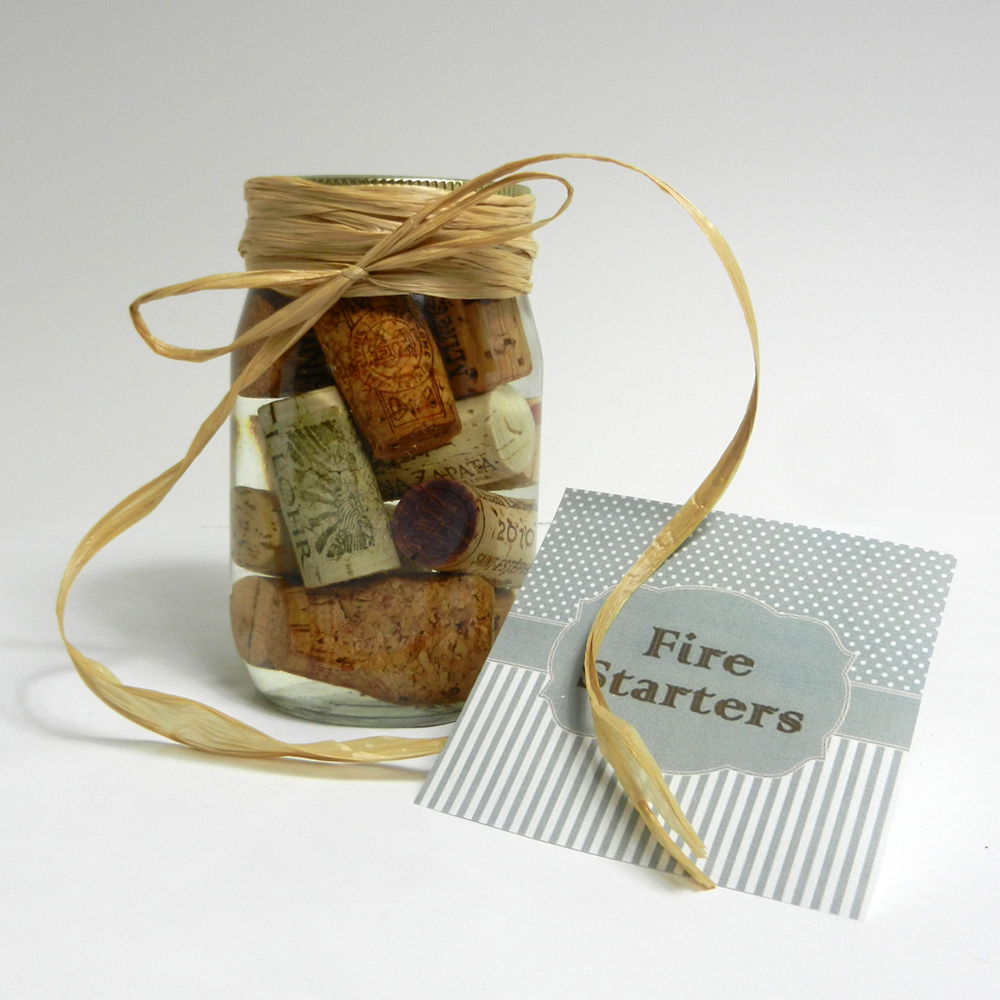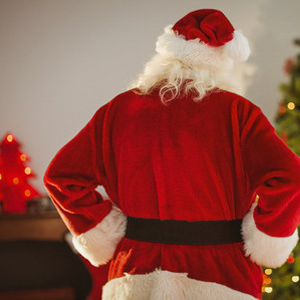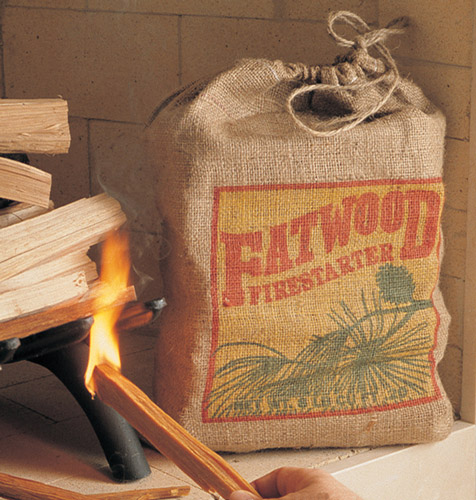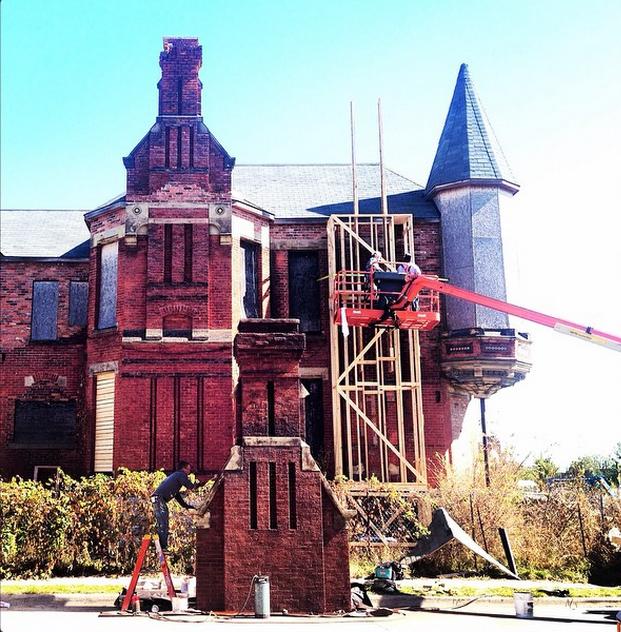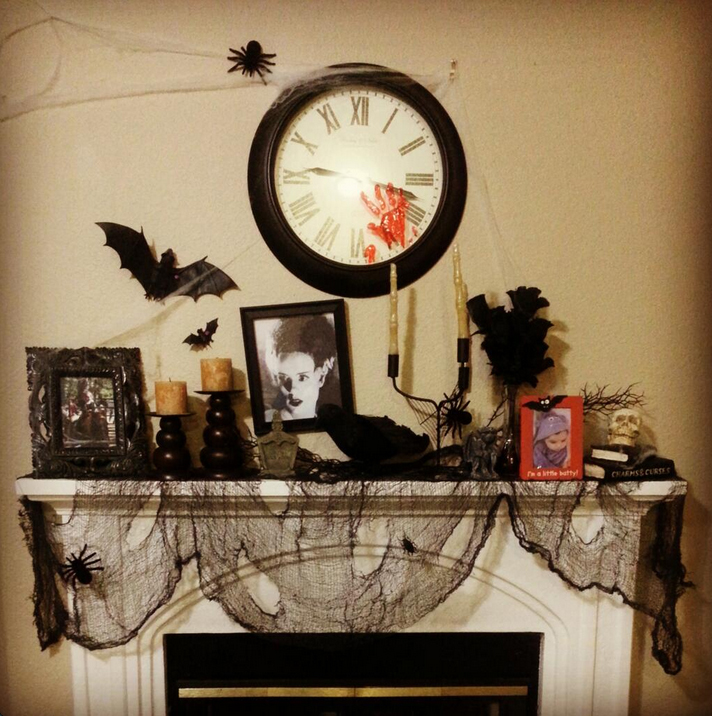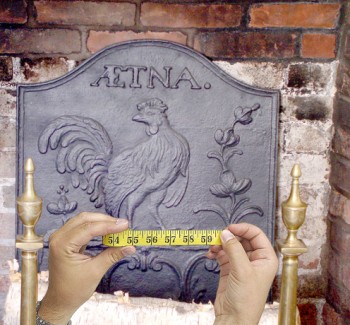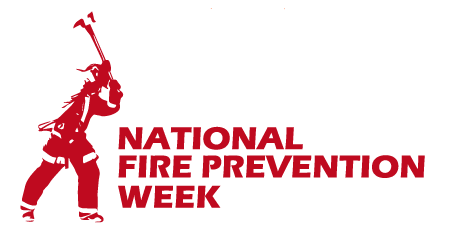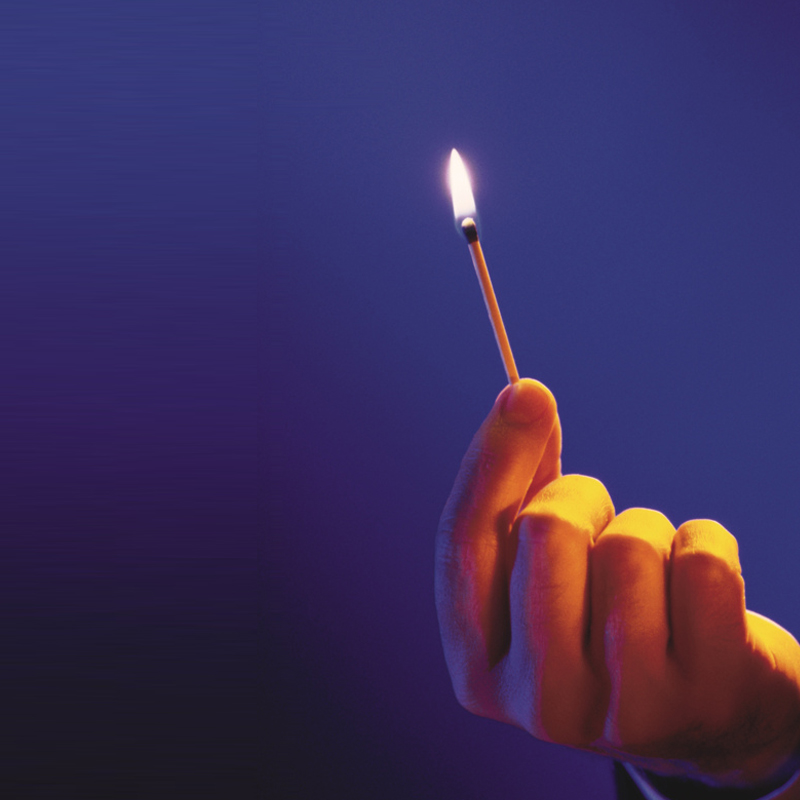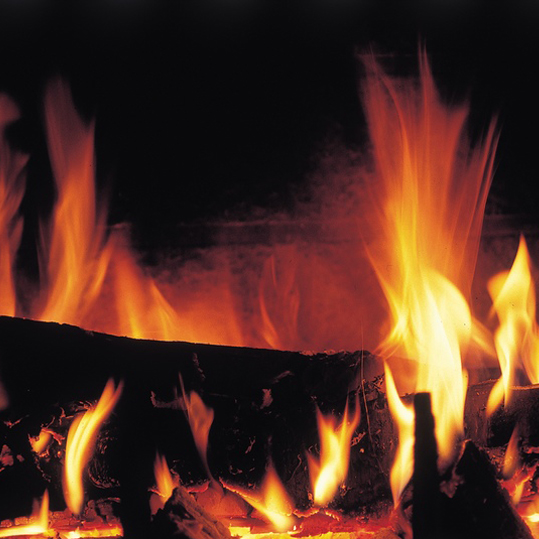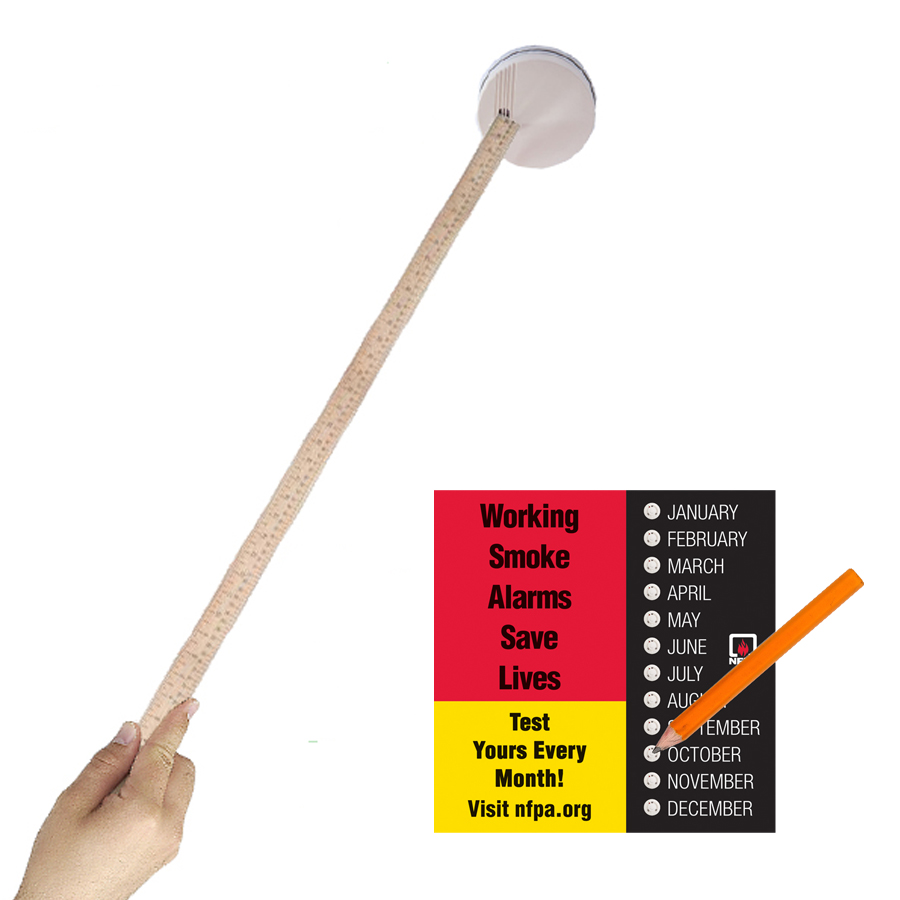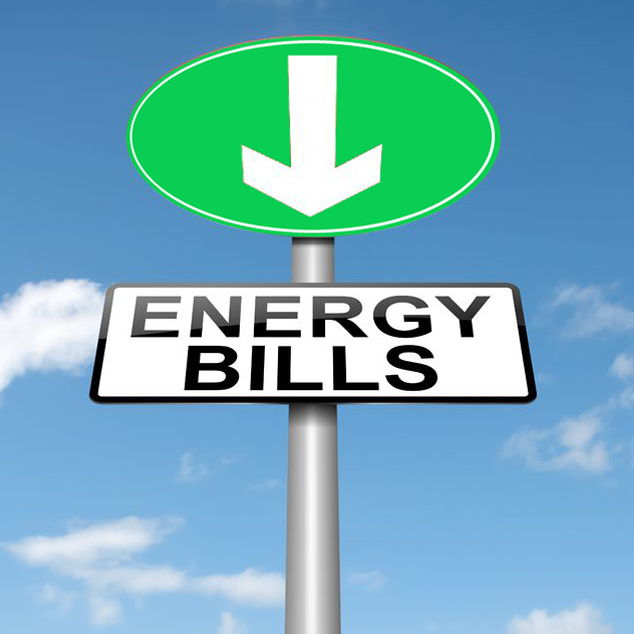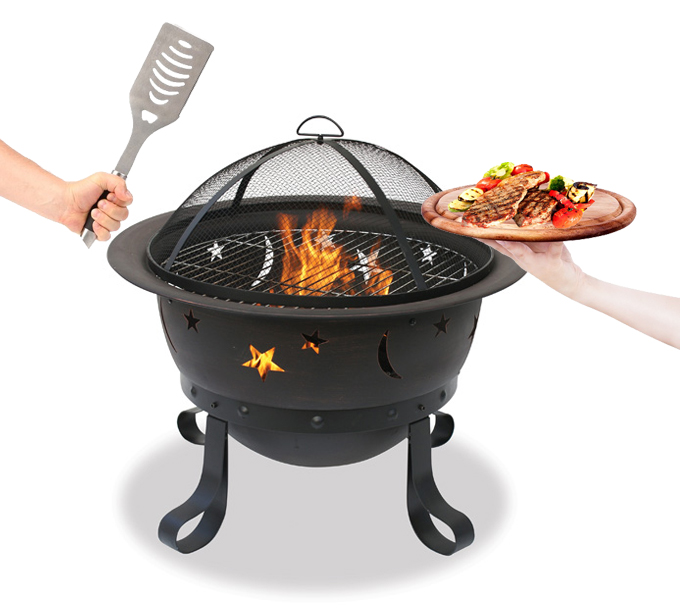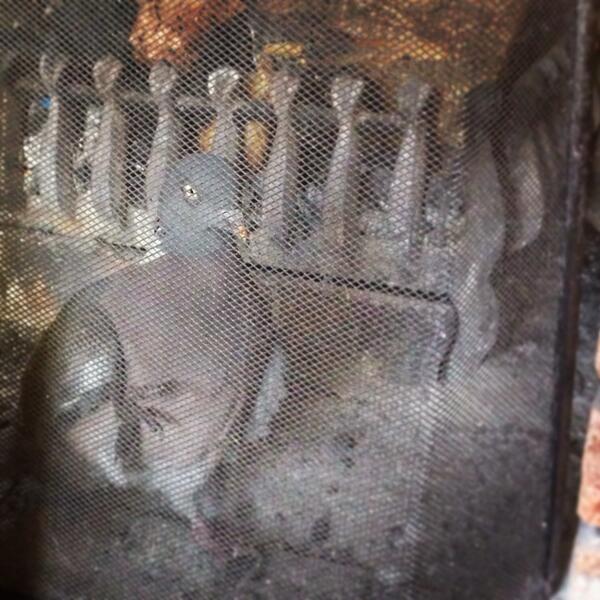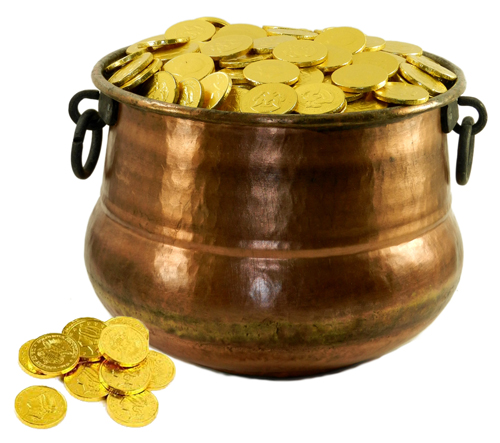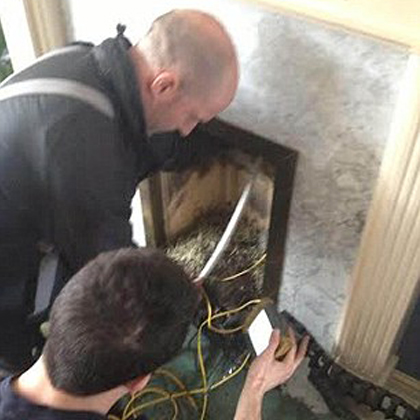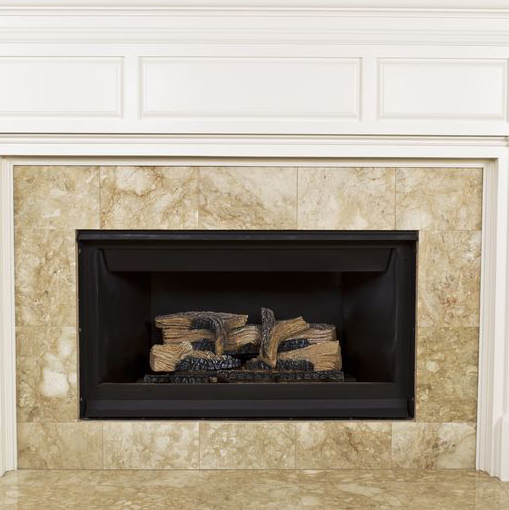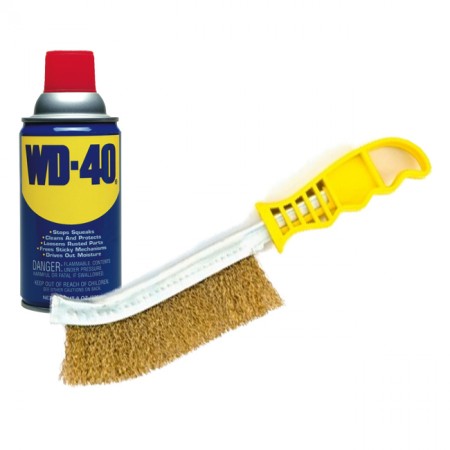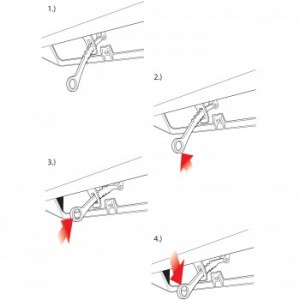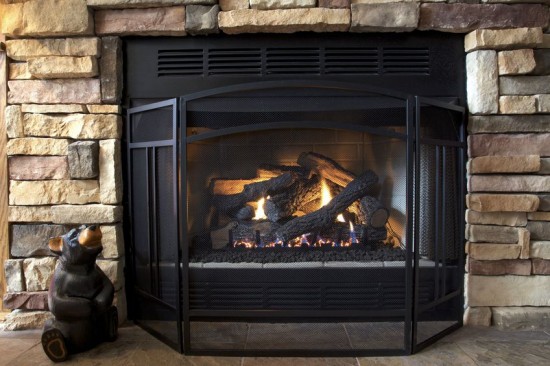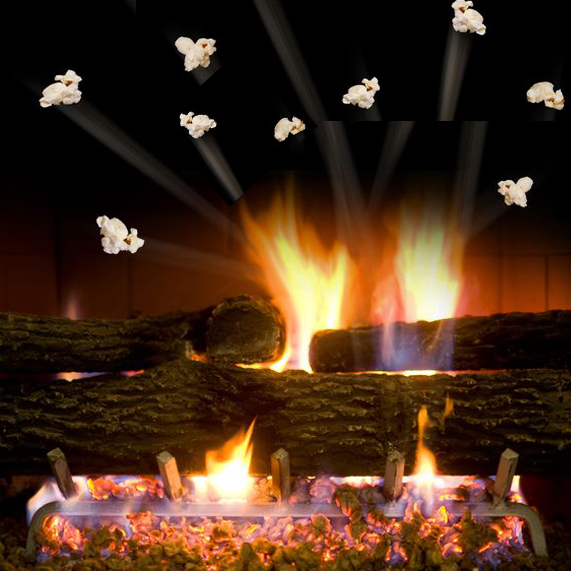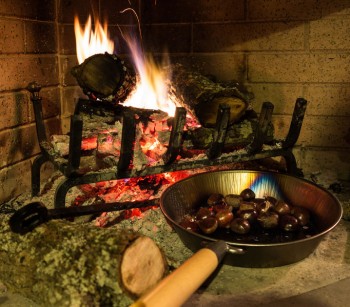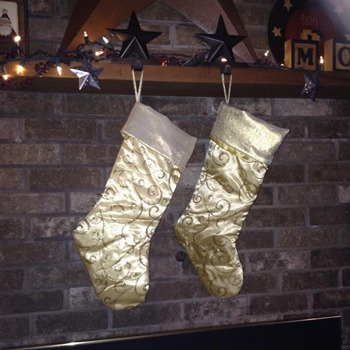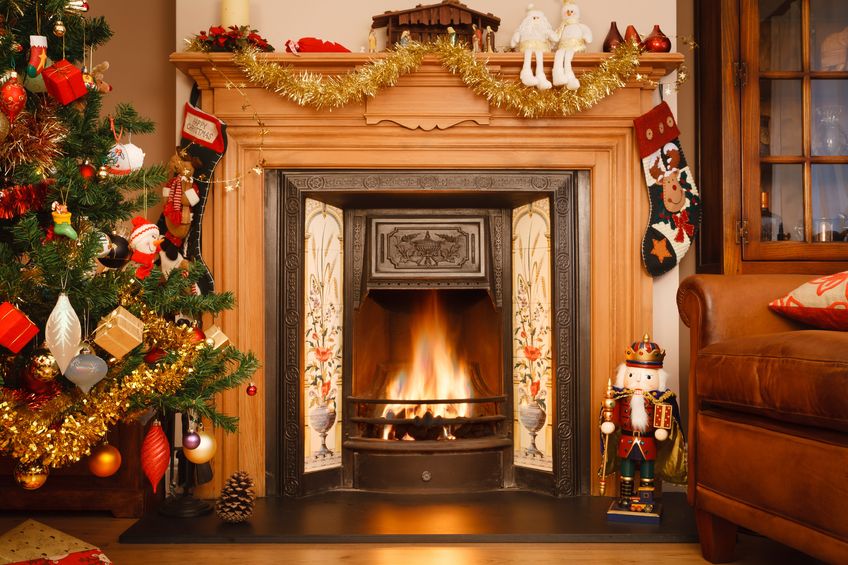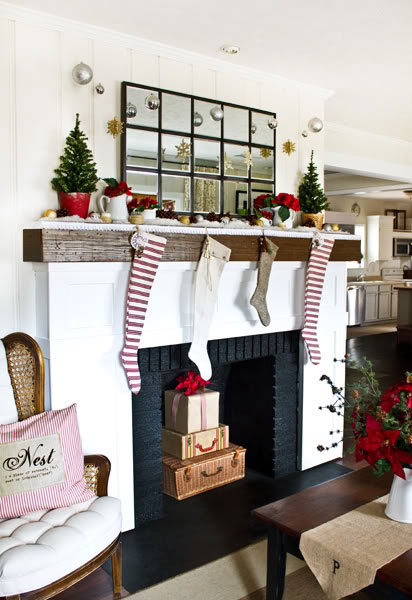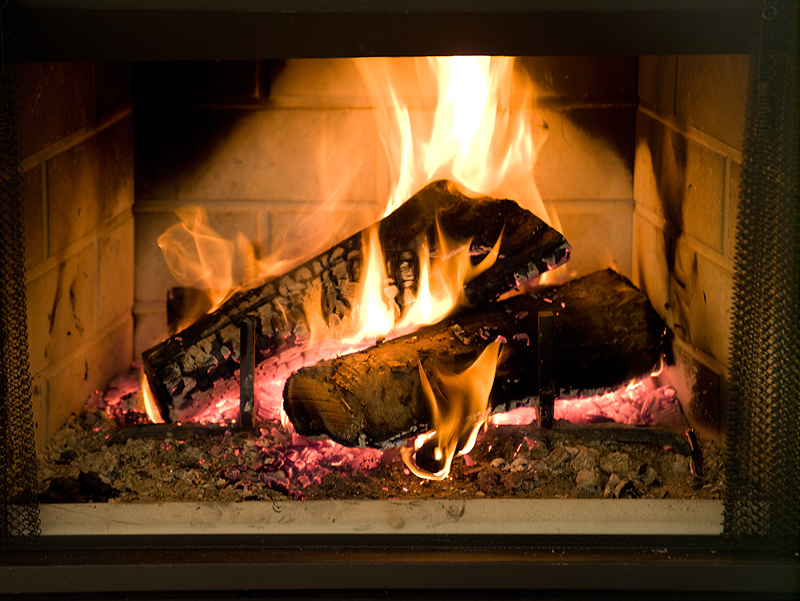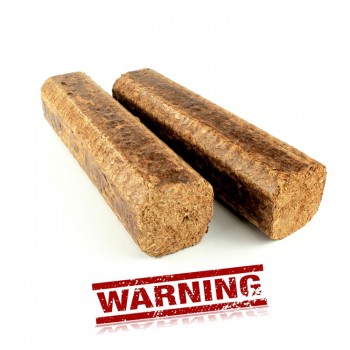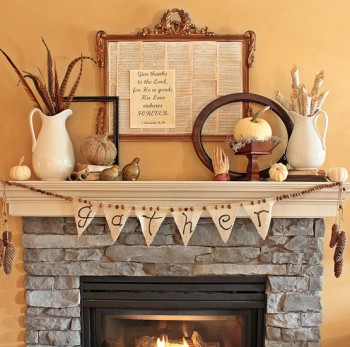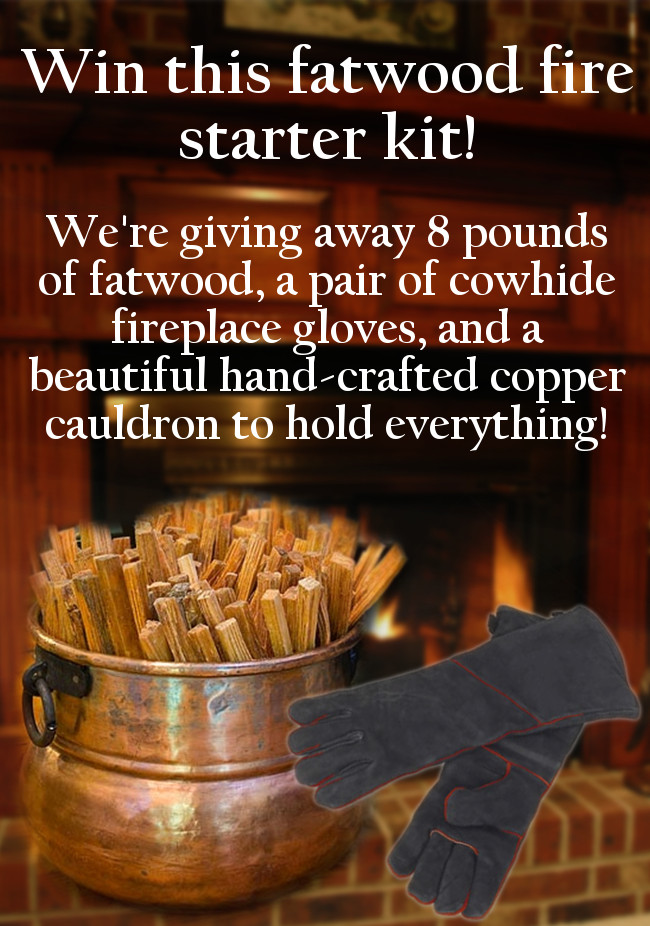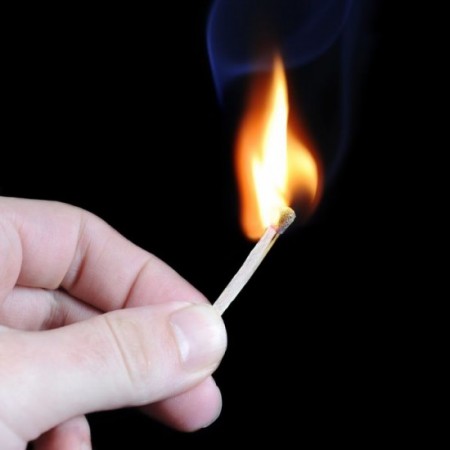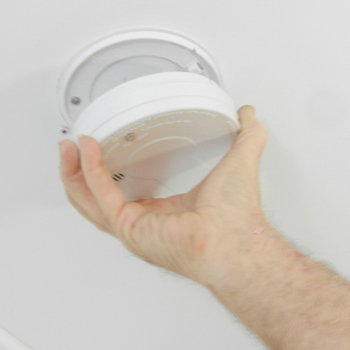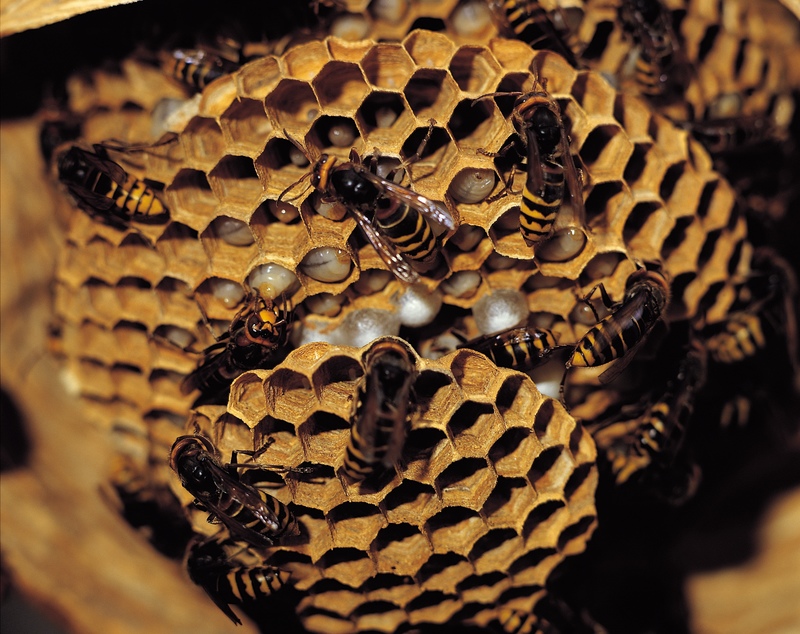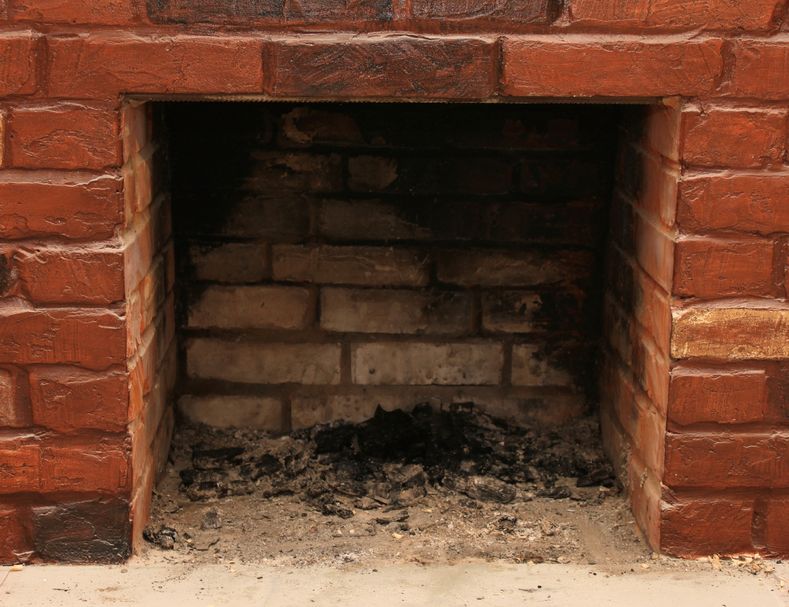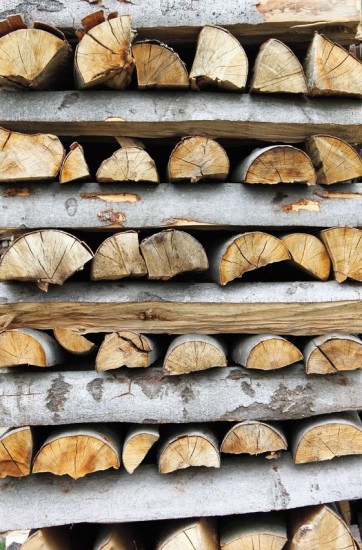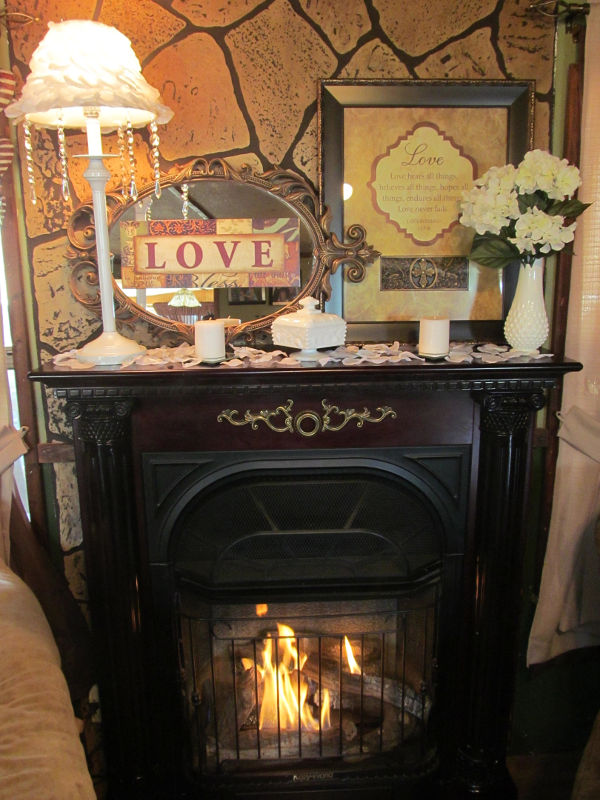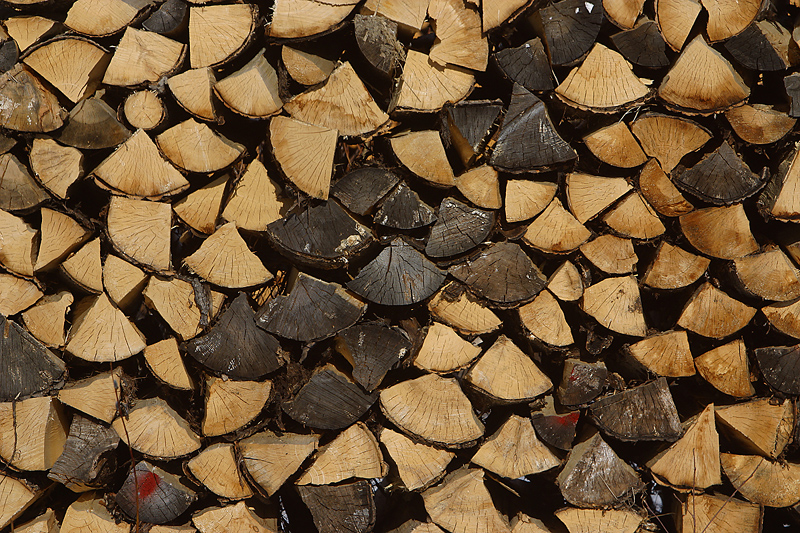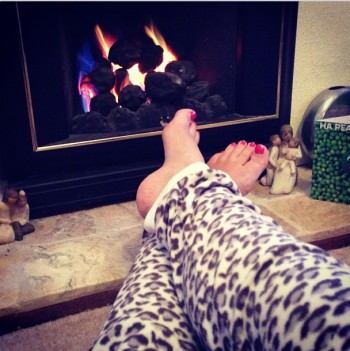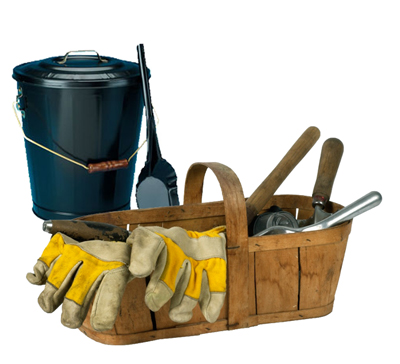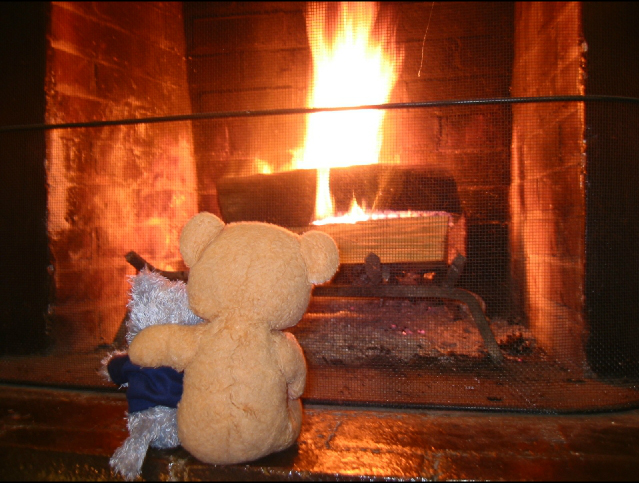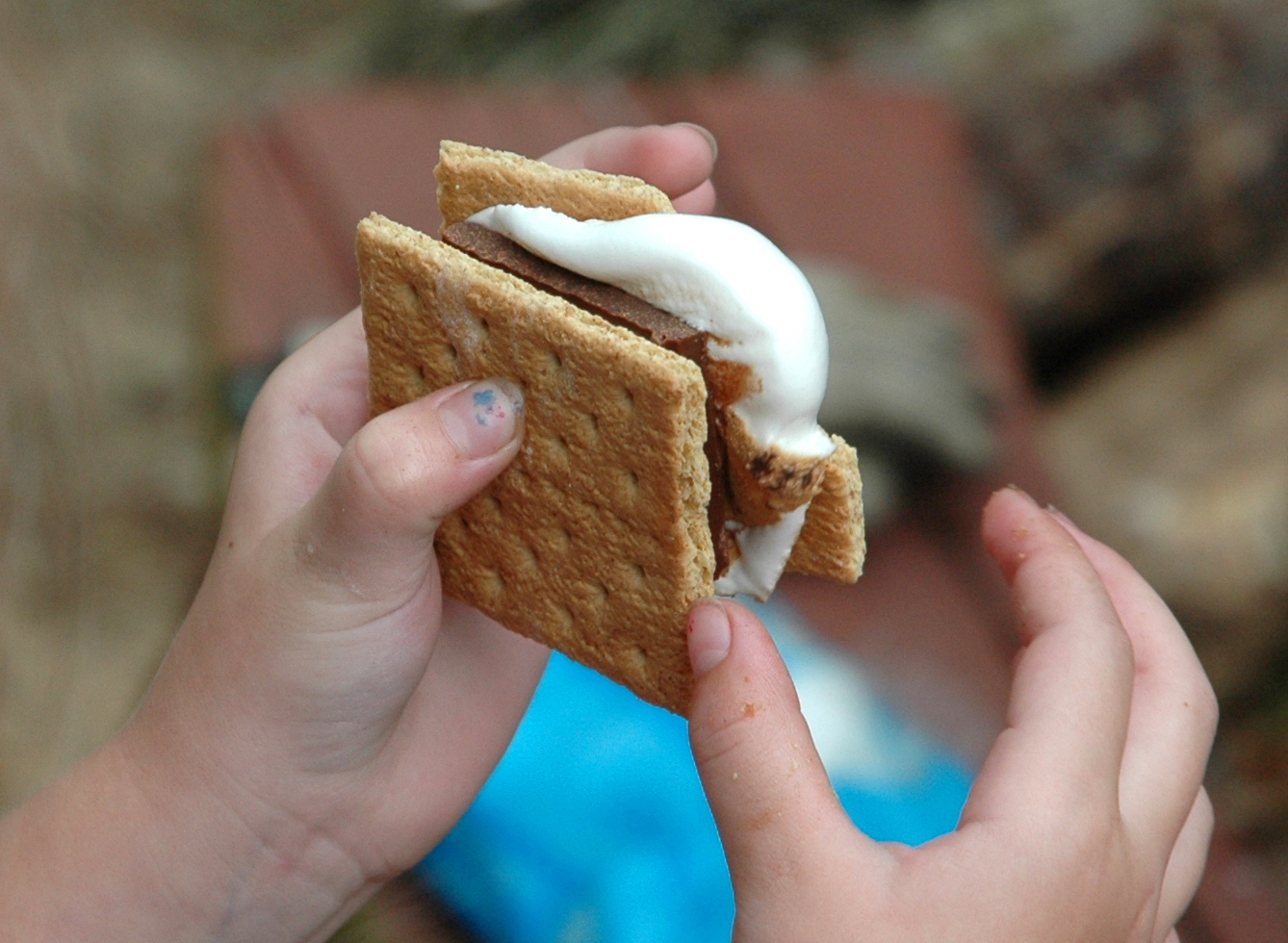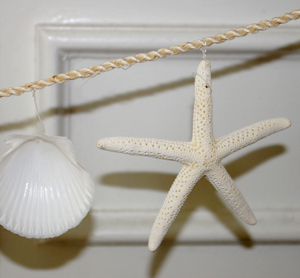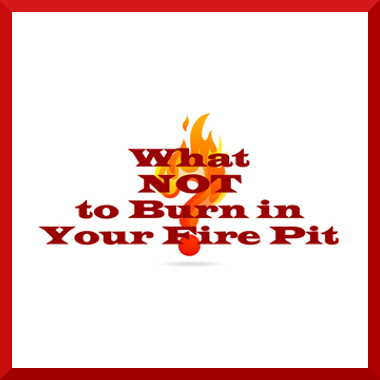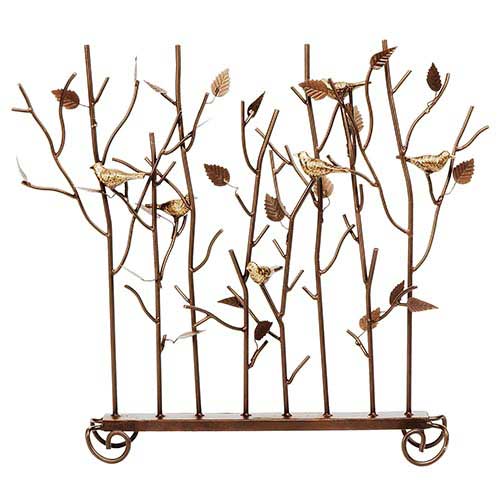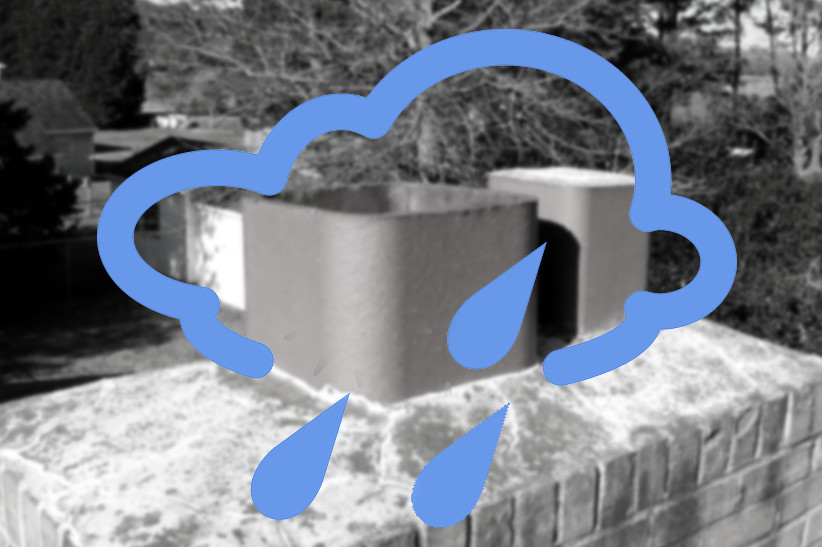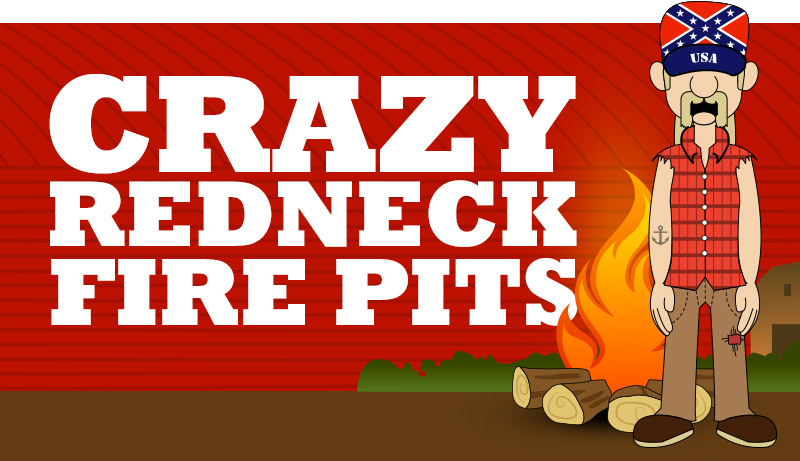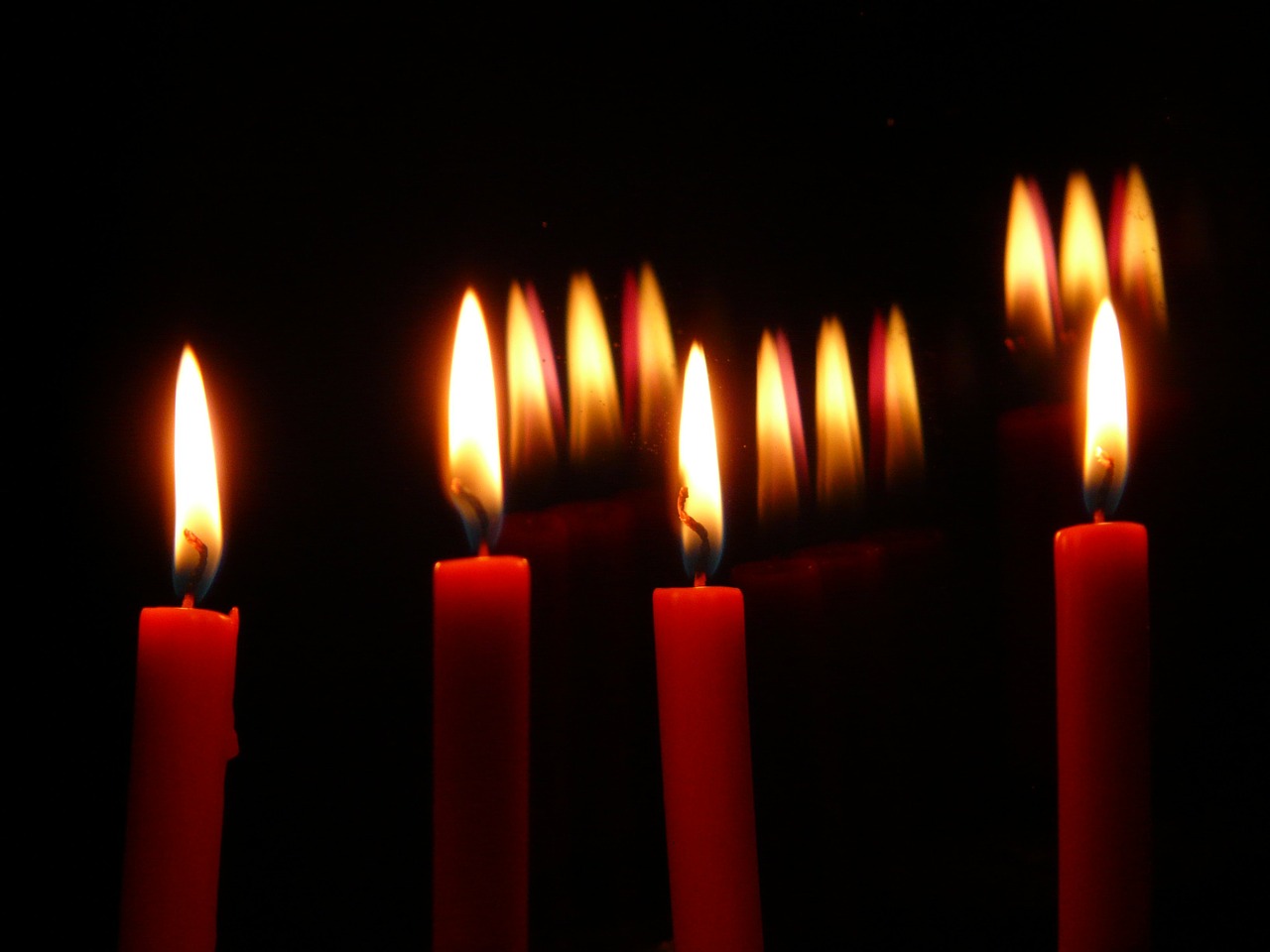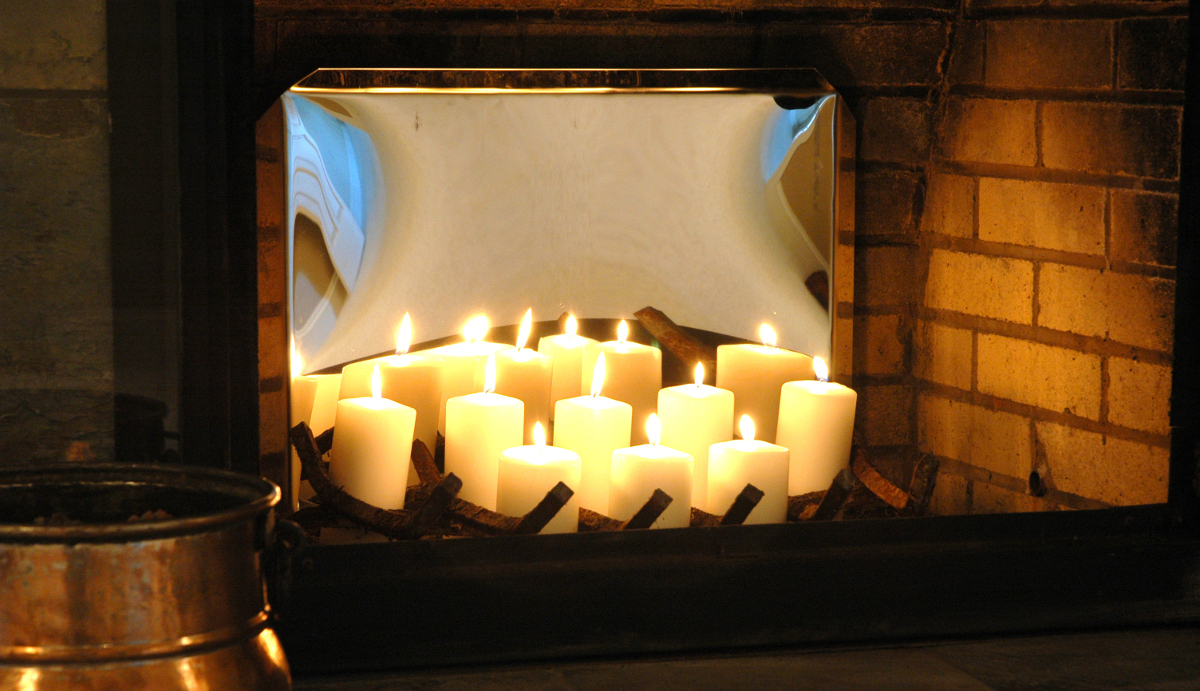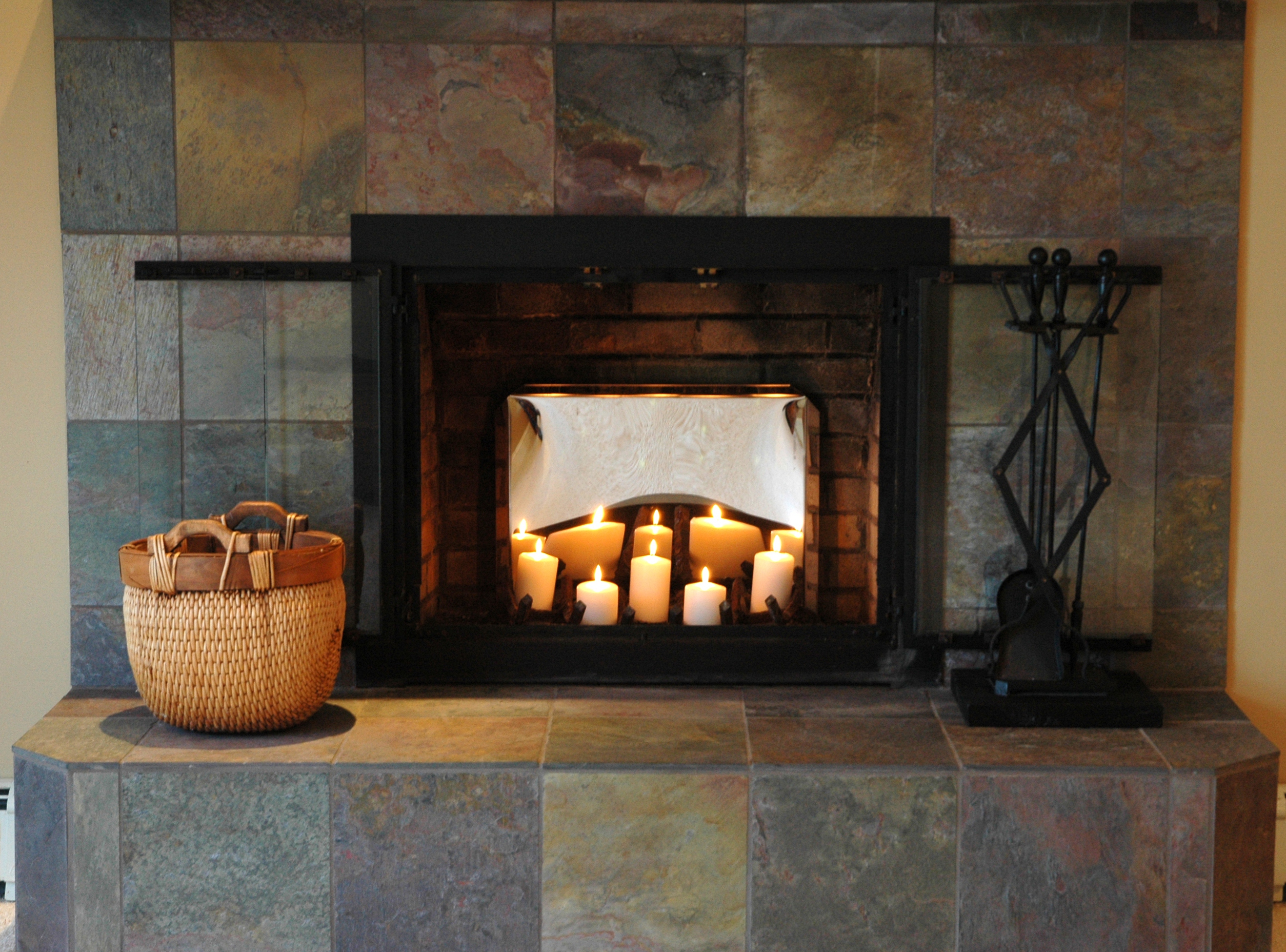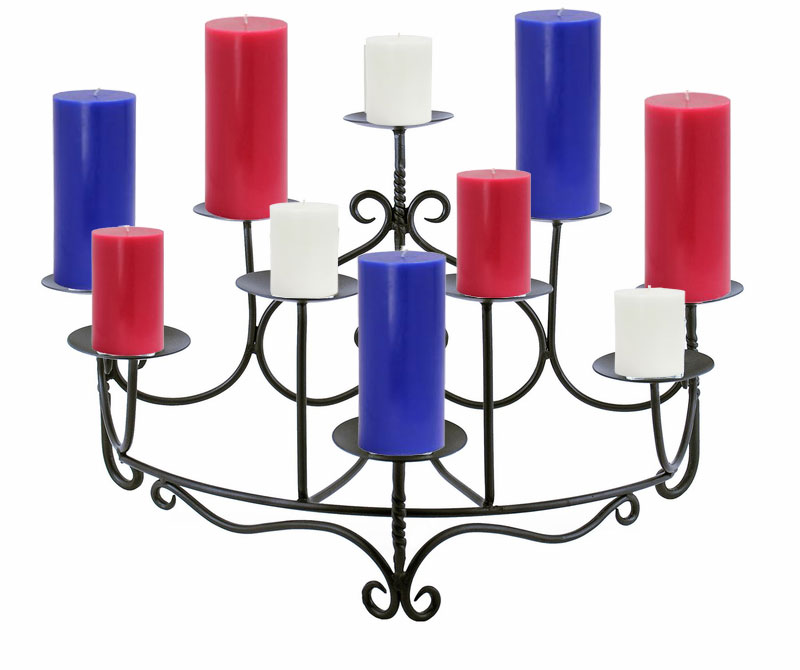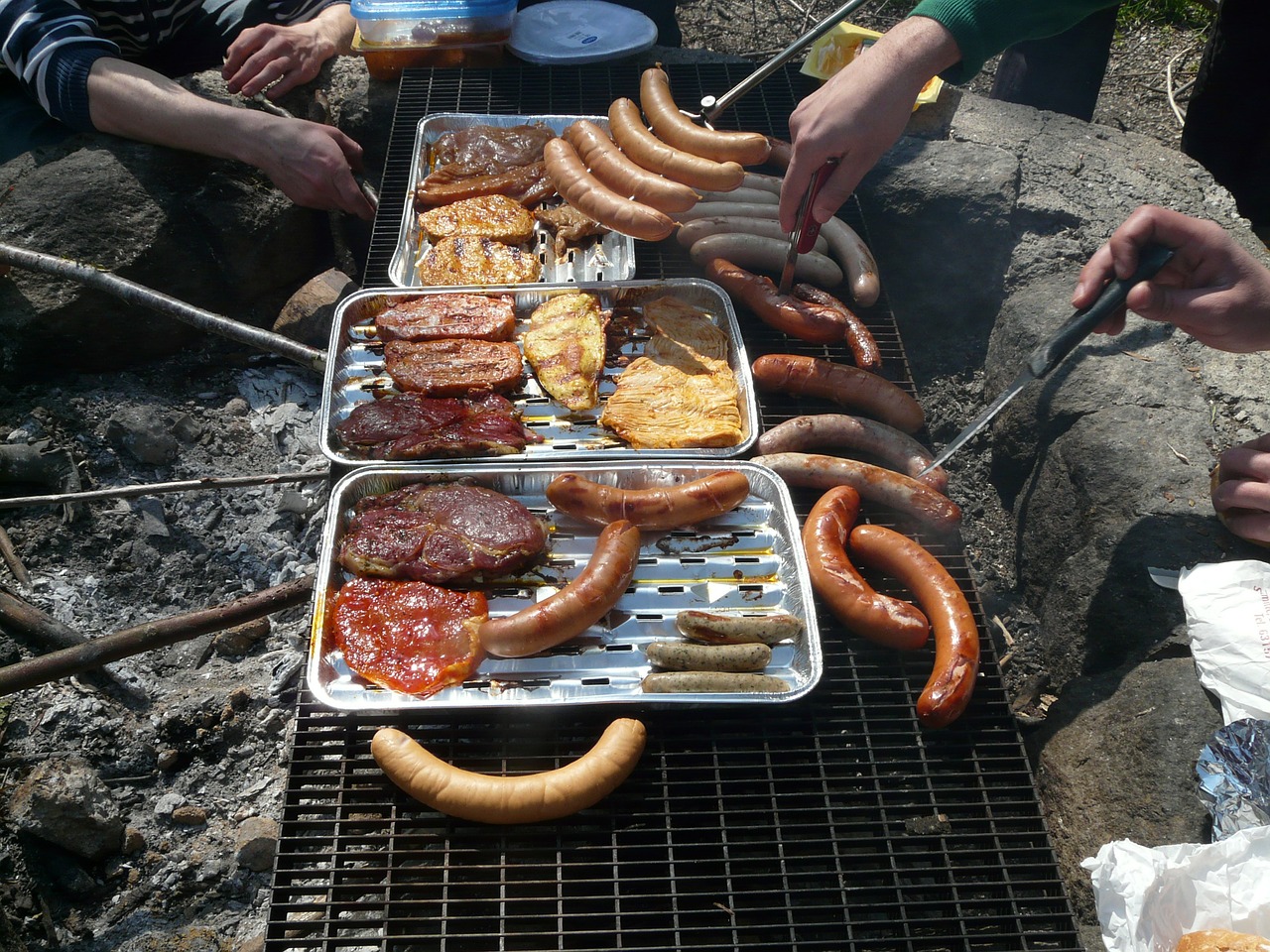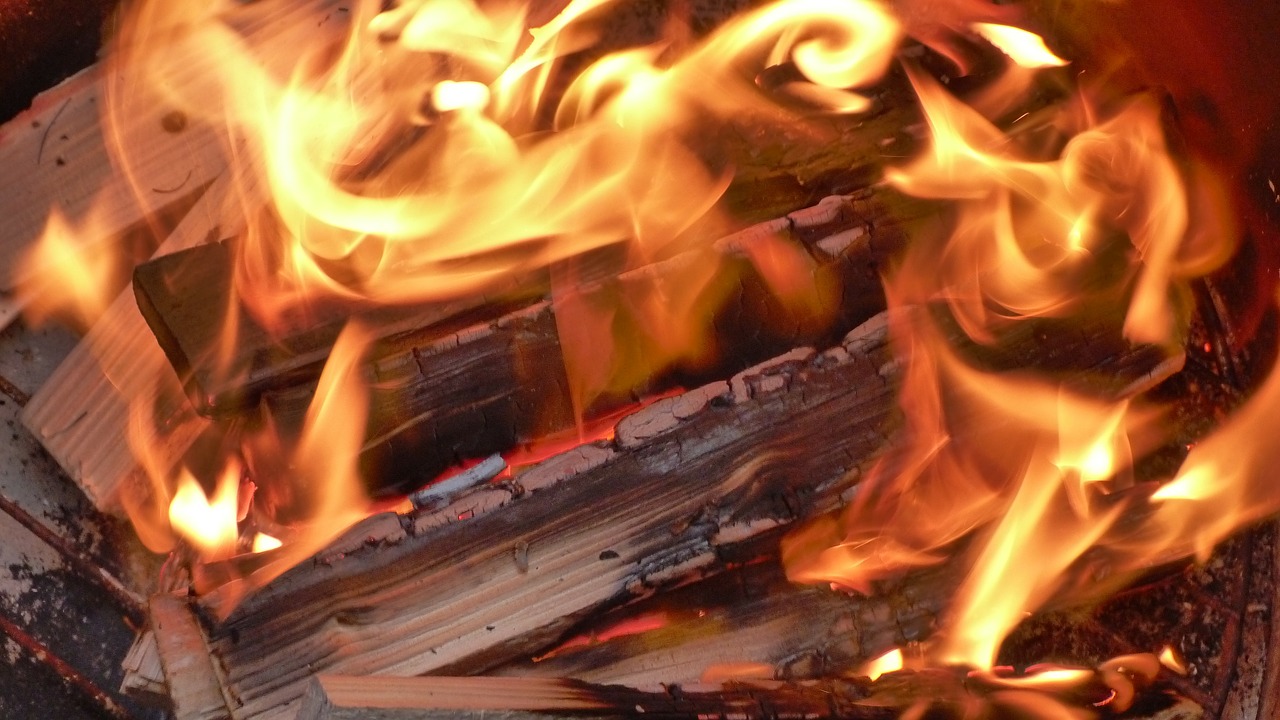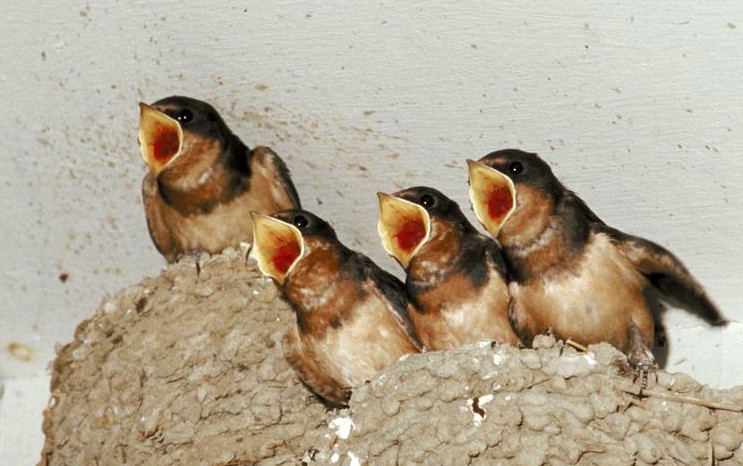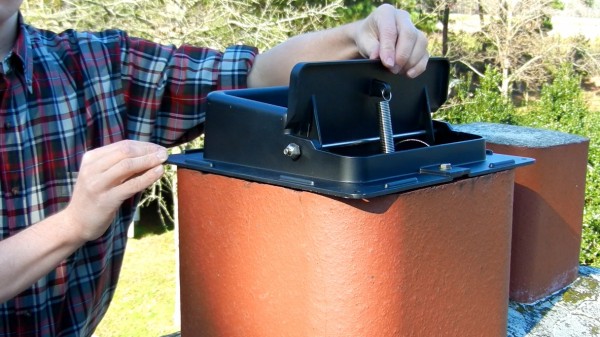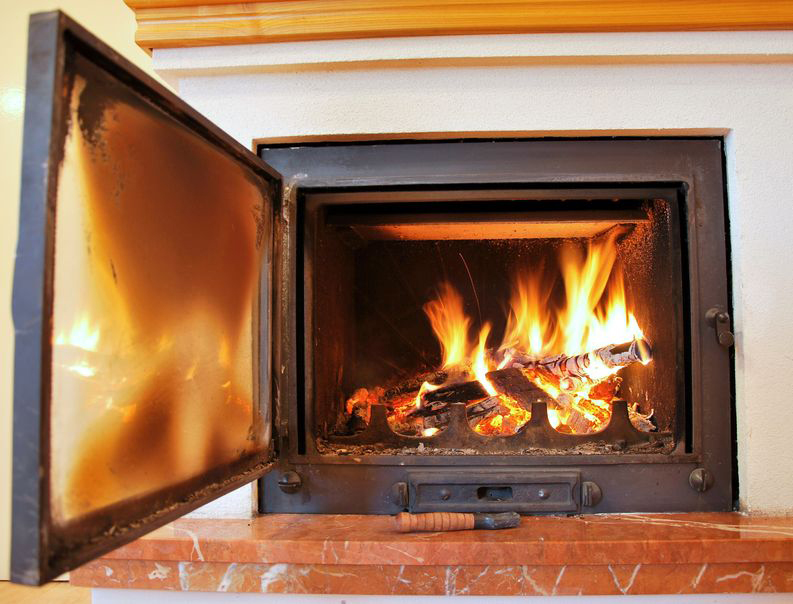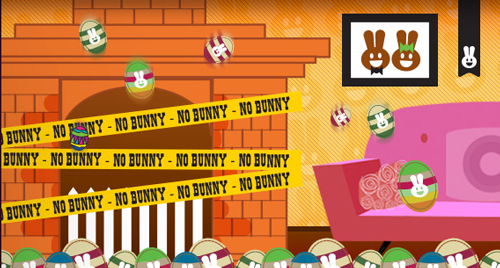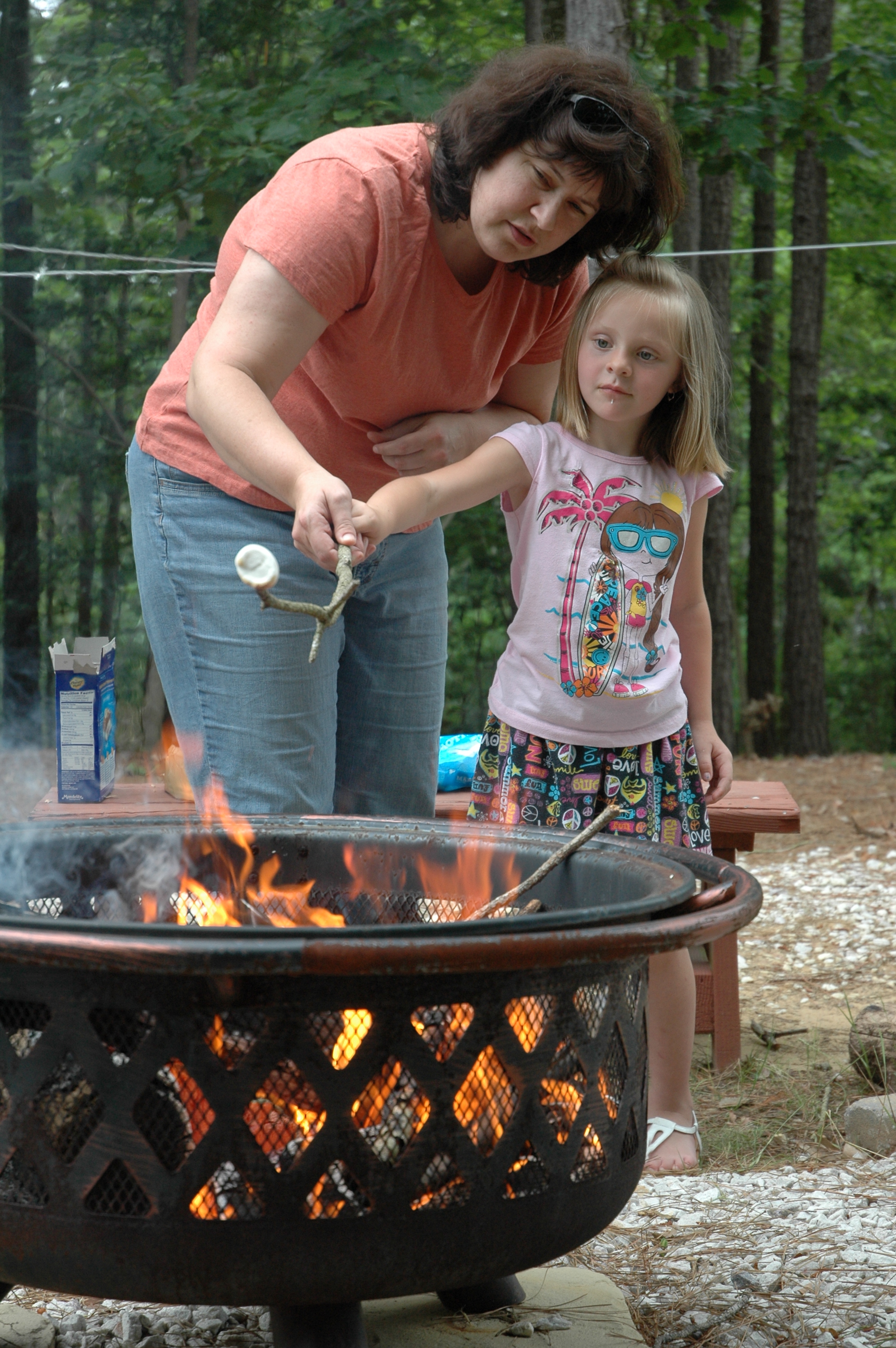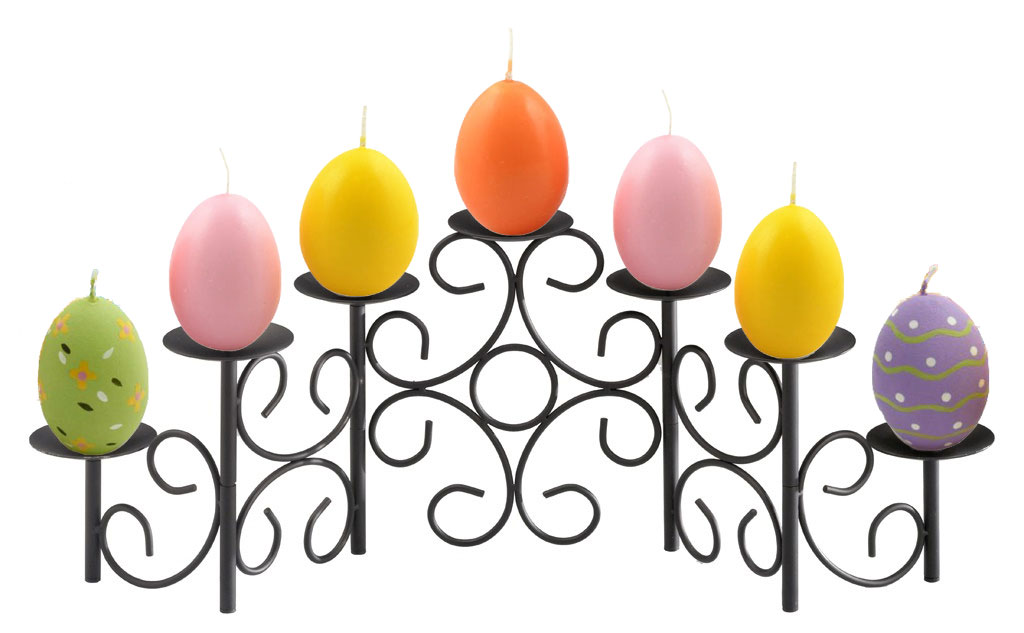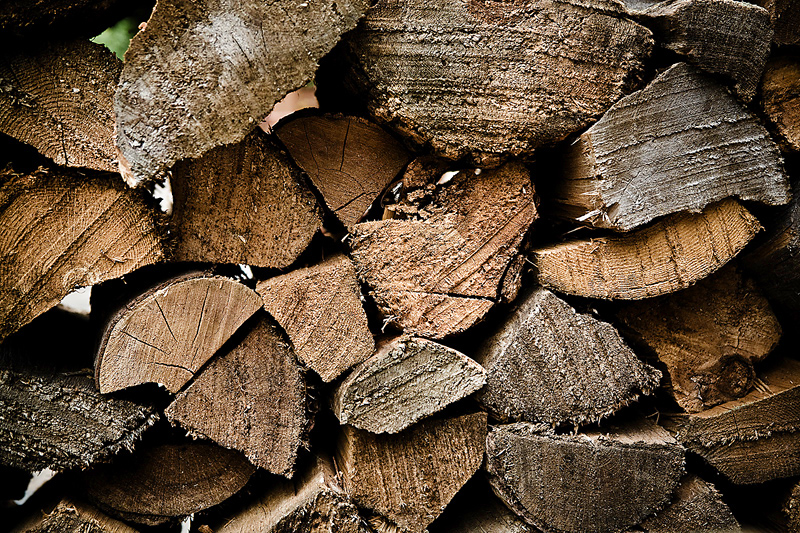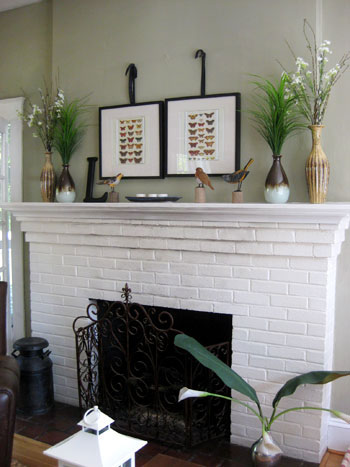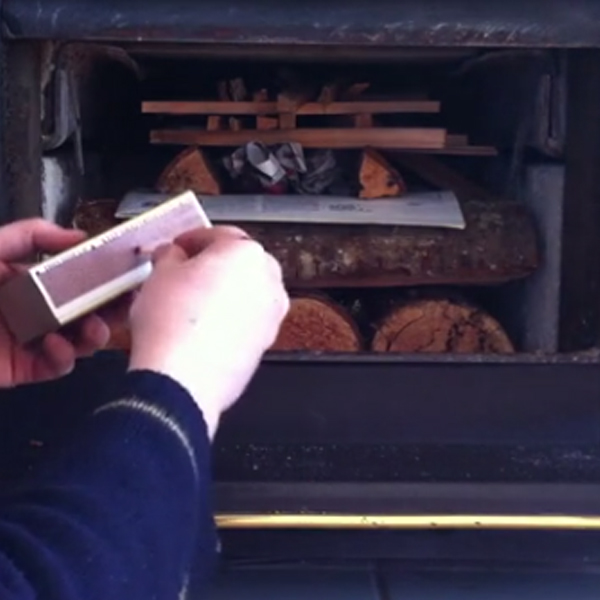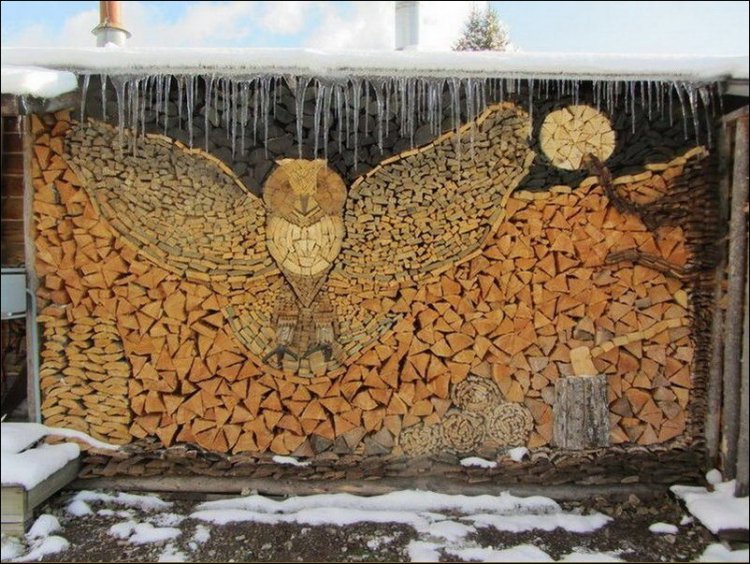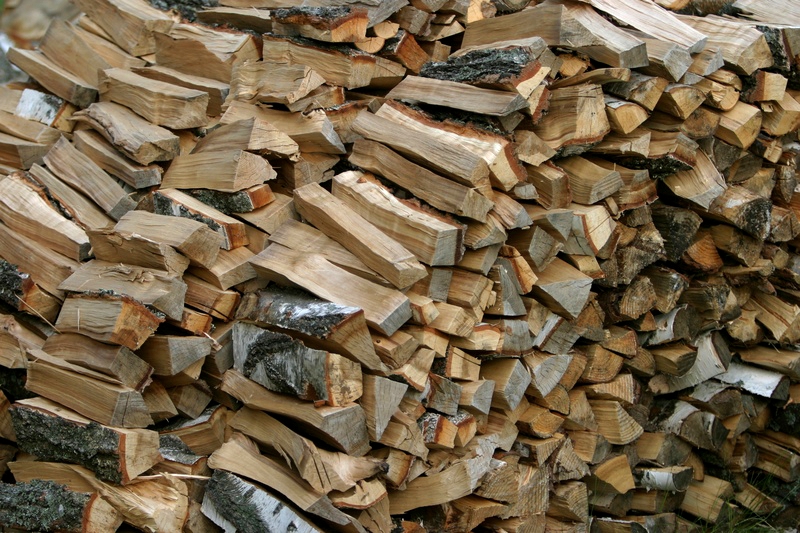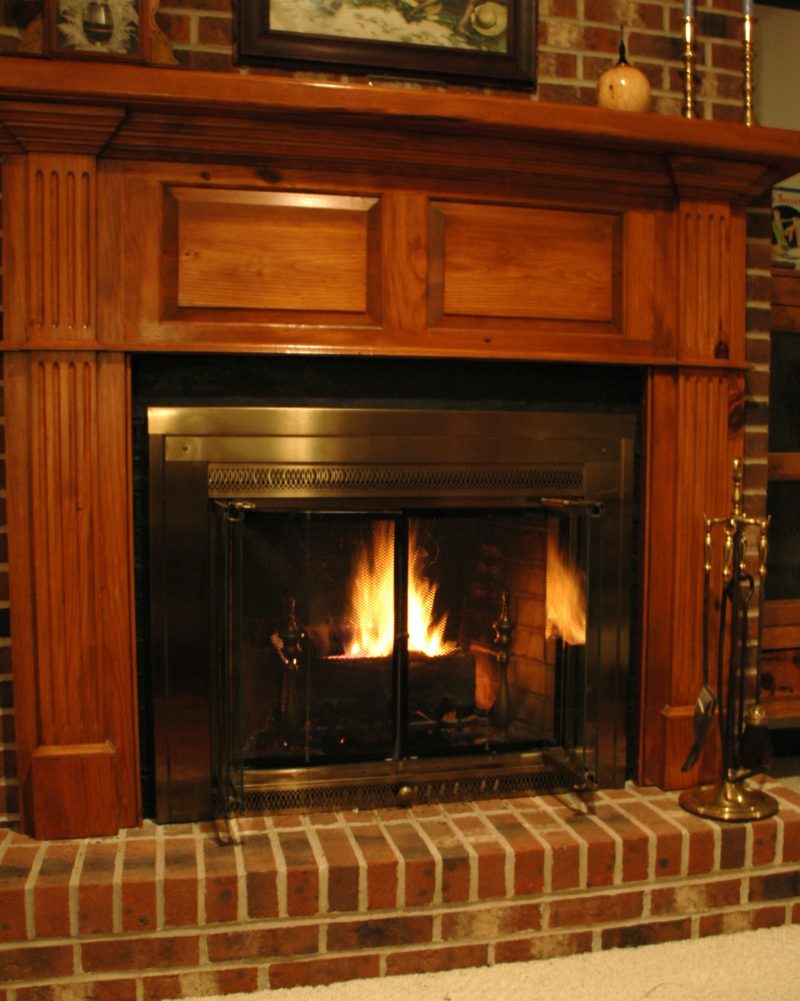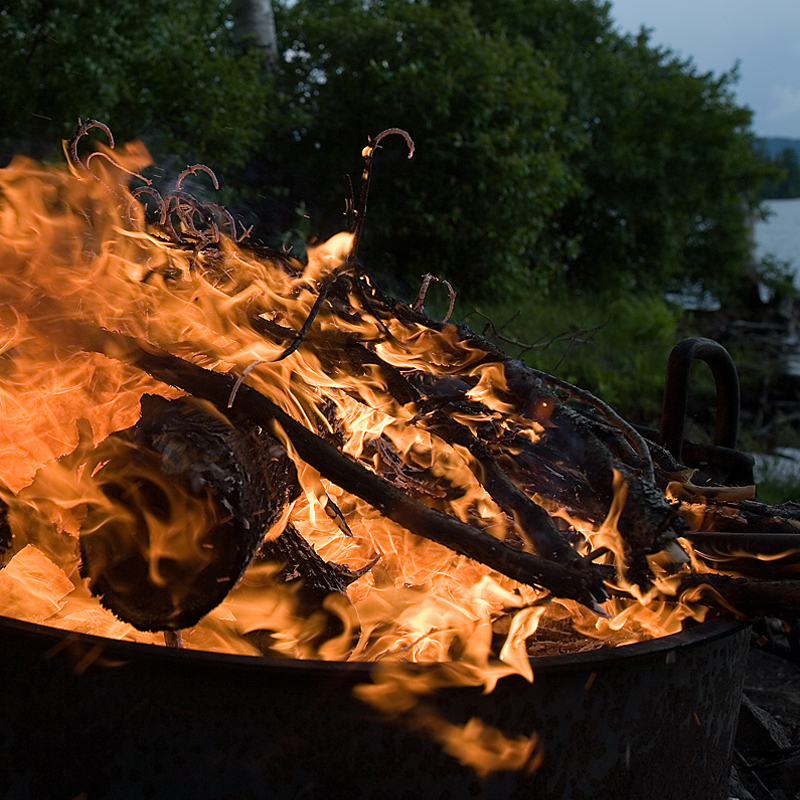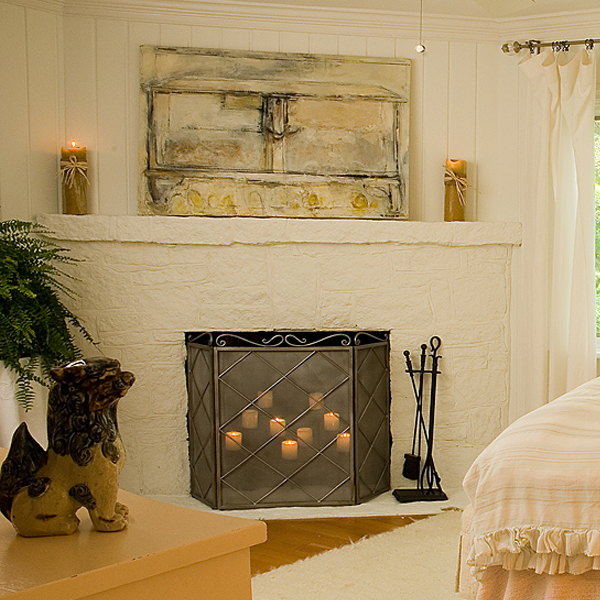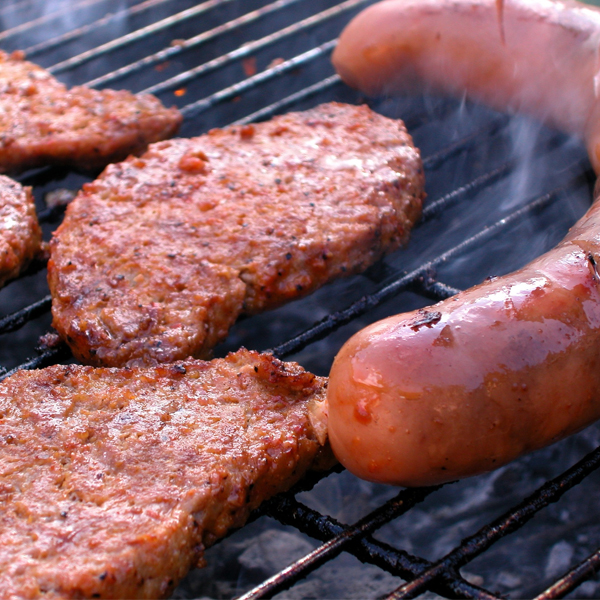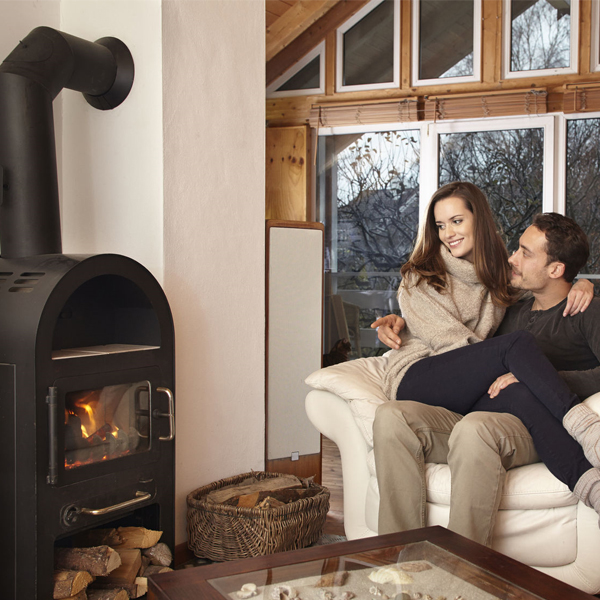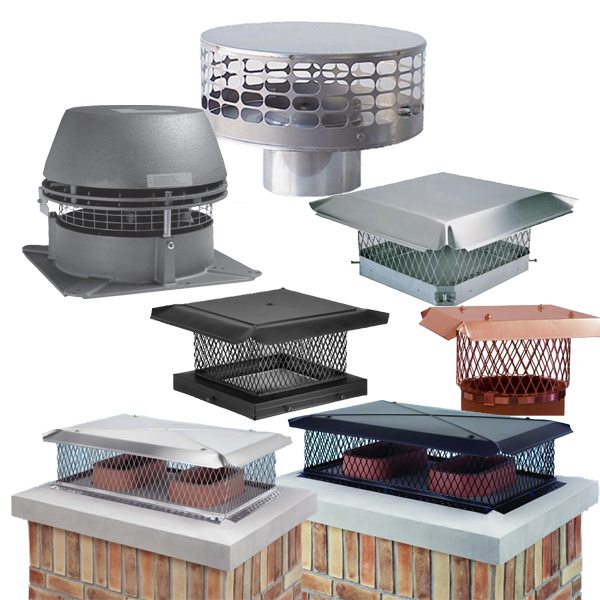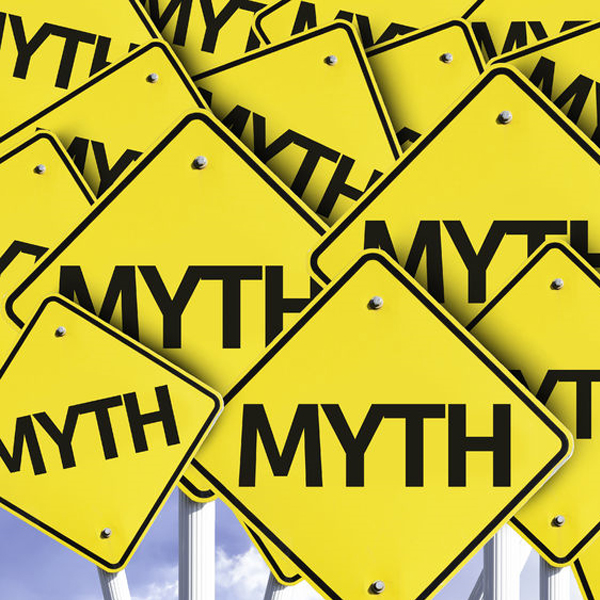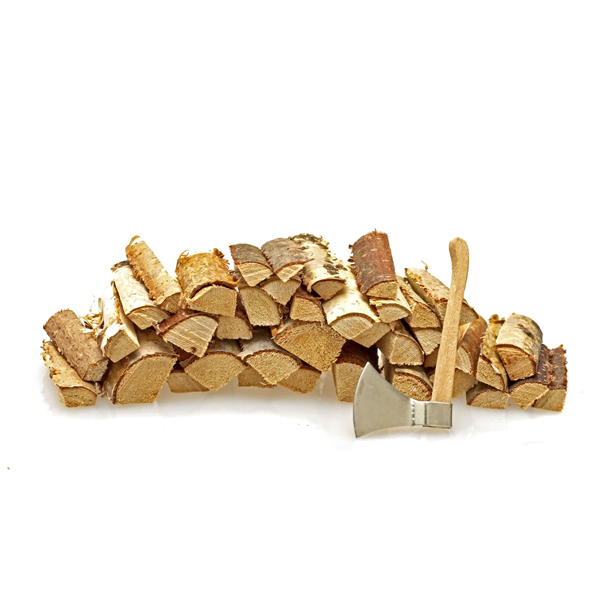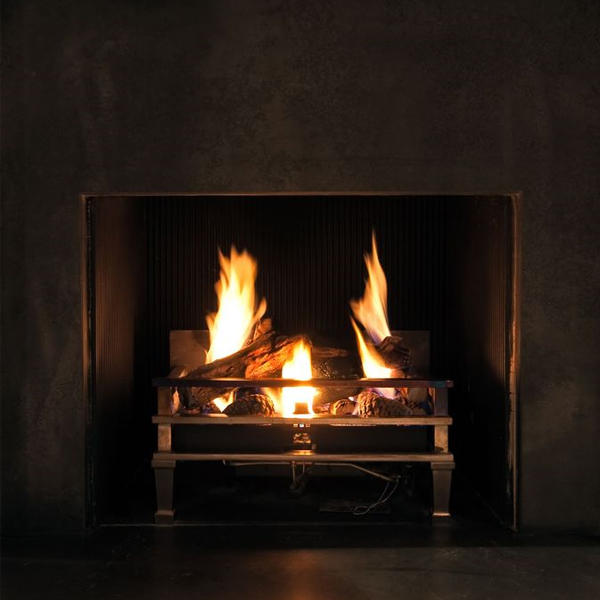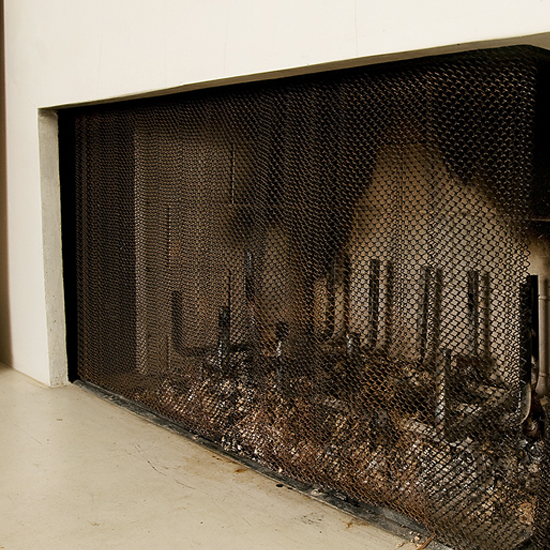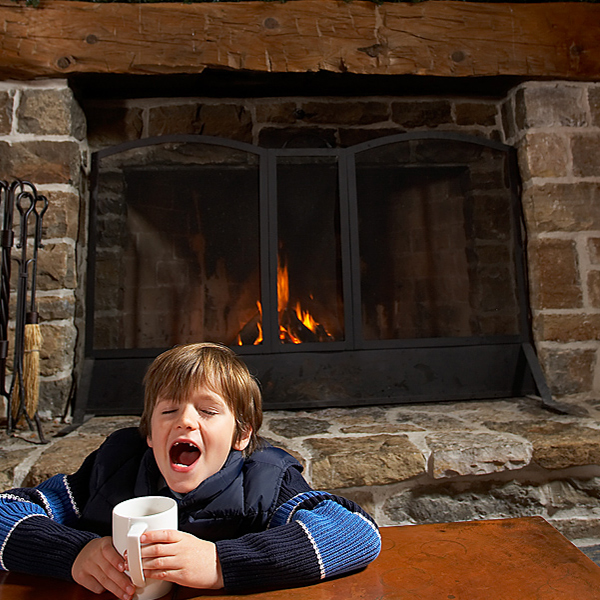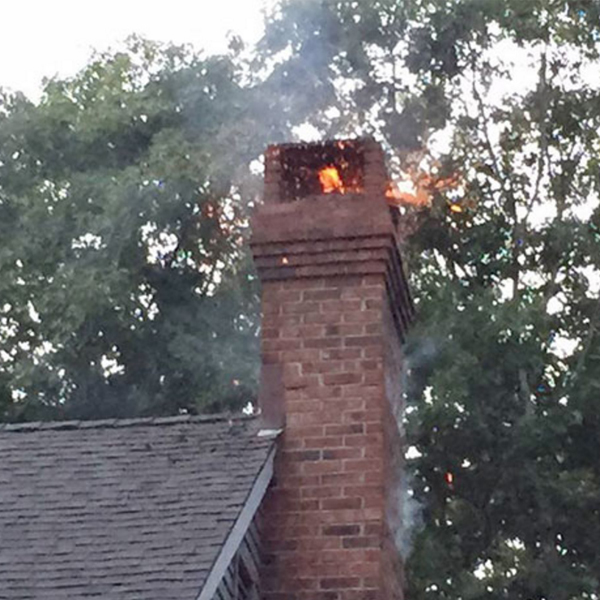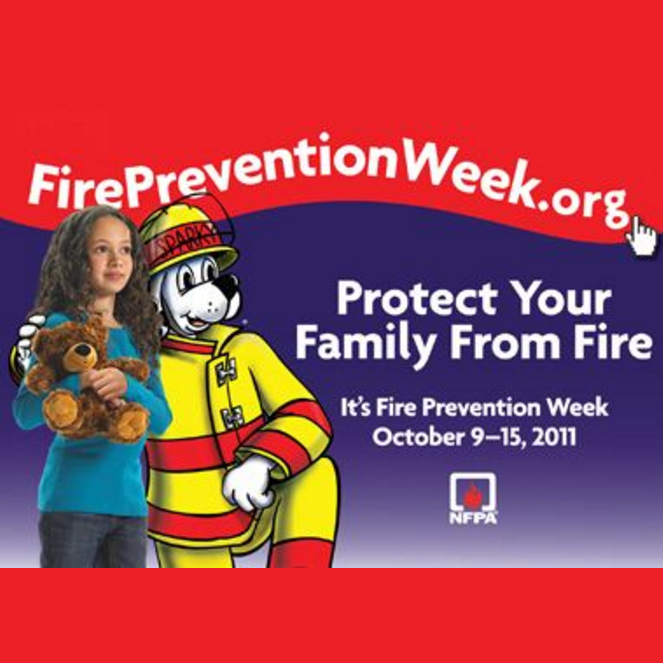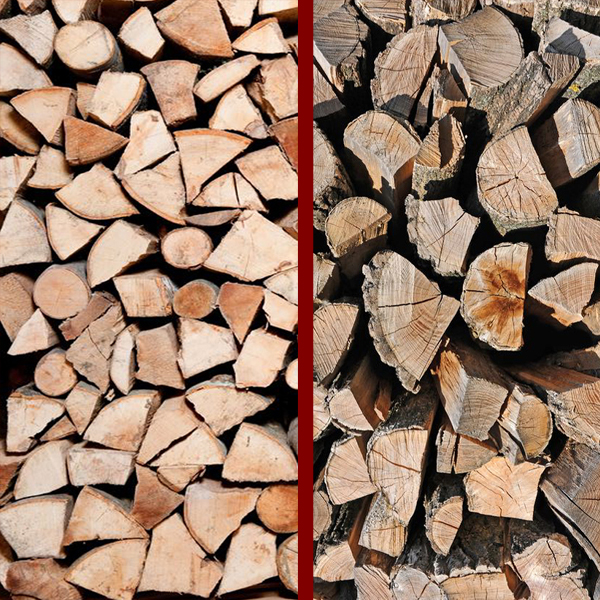Fun Fireplace Sweaters
Ugly Christmas sweater party on your calendar? Or looking for a unique and fun way to celebrate the holidays? Maybe you enjoy keeping your friends and coworkers entertained. Fireplace sweaters
Bioenergy Day
The United States celebrates National Bioenergy Day each October. It recognizes and encourages the use of renewable and sustainable bioenergy sources. In 2021, National Bioenergy Day is October 20. When
Halloween Fireplace Mantel Scarf
A Halloween fireplace mantel scarf is the fabric drape that covers the top of the mantel. It provides the foundation upon which a Halloween themed mantel is created. The mantel
Halloween Skeleton Fireplace
Make no bones about it, skeletons are the backbone of Halloween decorating. A Halloween skeleton fireplace with simulated human, dog and cat, bat and rat, bird and reptile, or even
Firewood Poems
Traditionally, knowledge based on teachings and experiences about selecting and burning firewood was passed along verbally. Often such information was put into a rhyming format to make it easier to
What to Burn for Mosquito Free Fire
Mosquitos are the bane of everyone who wants to relax by a fire pit or fire bowl or campfire. A careful selection of specific eco-friendly firestarters, logs and other fire
Arbor Day
We celebrate Arbor Day in the United States on the last Friday of April. The holiday celebrates the joys of trees. Trees provide both people and animals with services as
Firewood Fact or Myth
Have firewood in your life? If you have a wood stove or a wood-burning fireplace, fire pit or fire bowl, you have probably heard some common sayings, sometimes found in rhymes
Human Skull Fire Logs
Can you envision human skull fire logs that appear to be actual human skulls amid flames in your fire pit or fireplace? Only at Halloween or year around? Do you
Bathroom Fireplace
Usually when we think of a fireplace, we think of sharing it with friends and family. There is one type of fireplace, however, that is designed to enjoyed alone, in
DIY Fire Pit Log Stump Stools
If you burn wood in your fire pit, you have the makings of DIY fire pit log stump stool - the firewood logs themselves. From the most basic to the most clever, fire
How to Roast Corn in a Fire
Learn how to roast corn in a fire pit or fireplace, with or without foil. Each how to roast corn in a fire method has its advantages and disadvantages. But
How Much Firewood per Tree
Old timers had rules of thumb, that is, experienced-based guides, about how many cords of firewood a tree would yield. One of those is that a tree that is 18
Prevent Chimney Leaks
5 Ways to Prevent Chimney Leaks A leaking pipe, a leaking roof, a leaking window, a leaking chimney - none of them is good. Here are 5 ways make your chimney leak-proof and
Prevent Carbon Monoxide Poisoning
When is a headache, nausea, and fatigue not "just the flu" and, instead, carbon monoxide poisoning? And how can you prevent carbon monoxide poisoning in your home? Every year 20,000
Will Fireplace Ashes Melt Ice?
Will fireplace ashes melt ice or just improve traction on ice? Are there advantages or disadvantages to using ashes instead of rock salt or other chemicals on snow and ice? What
New Year Fireplace Banners
Proclaim "Happy New Year" with banners or garlands or pennants hung from your fireplace mantel. Your options for messages on New Year fireplace banners range from the new year's numerals to "Happy
Christmas Tree Fire Retardants
Nothing can completely prevent a Christmas tree or fireplace greenery from burning. But you can reduce the flammability of your Christmas trees and mantel greenery with these homemade or purchased
Cardboard Fireplace
If you don't have a fireplace, but want one just for Christmas stockings, a removable vinyl wall fireplace decal or a cardboard fireplace can be a great substitute. Although not
Halloween Rats Mantel
Halloween is the time when we welcome those eerie bumps-in-the-night frights. In fact, we go out of our way to dress down our home to make it look scary. Here's
Hurricane Fireplace Tips
When a hurricane is headed your way, here are three hurricane fireplace, damper and chimney tips for the safety of your home and family: Hurricane Fireplace Tip #1: Shut the
Fall Mantel Decorating Elements
Here are tips on how how to make fall mantel decorating quick and easy by combining one, some or all of these readily available autumn elements. On your next trip to the supermarket,
Inexpensive Fireplace Wall Decor
While there are countless ways to decorate the wall above the fireplace, inexpensive fireplace wall decorating ideas can be difficult to find. To keep your fireplace focal point worthy, here
Crystal Glass Fireplace Logs
Crystal glass fireplace logs are a great alternative to real firewood when you don't use your fireplace during the warmer seasons or all year around if you don't use the fireplace at
When to Close Fireplace Damper
Your fireplace damper must be open when you have a fire in your fireplace. It provides the necessary updraft for the smoke and prevents carbon monoxide poisoning. But when should you
Summer Fireplace Myths
Which of these summer fireplace myths do you believe? Learn the facts that might surprise you about fireplaces in summertime. Summer Fireplace Myth #1: Since you won’t be burning a fire in
Elevator for Bird Stuck in Chimney
Some people find a bird stuck in their chimney or fireplace and panic. Others search for a solution such as the ones we offer for removing a bird stuck in
Does Outdoor Chimney Need Cap
A chimney on an outdoor fireplace- whether attached to your home or a stand-alone fireplace away from the house - needs a chimney cap for all the reasons a house chimney
Best Fire Pit Use Tips
The two main reasons people don't use their fire pits more often are inconvenience and mosquitoes. These best fire pit use tips put an end to fire pit hassles, inconveniences and
Super Bowl Challenge
The Fire Chiefs of Charlotte and Denver have agreed to a Super Bowl Challenge that has the potential to save lives. The outcome of Fire Chief Super Bowl 50 will determine which
Outside Chimney Cap Measure
Outside Mount or Outside Chimney Cap Measure Guide: What to Measure to Get the Right Fit - Outside mount chimney caps fit over the entire chimney, like the lid on
How to Wall Mount a Fireback
Traditionally used in the back of fireplaces to radiate heat out into the room, cast iron firebacks are increasingly popular as wall decorations. While used both indoors and out, kitchens,
How Chimney Fans Work
Chimney fans work by employing mechanical venting to overcome fireplace and chimney gravity drafting deficits. When they are turned on, chimney fans, attached atop the chimneys, create a partial vacuum in
Hide Fireplace TV for Christmas
What to do with the television above the fireplace, or other existing wall decorations, when you decorate for Christmas. You've put a good deal of thought into the selection and
How to Clean Slate Fireplace
Want a clean slate fireplace hearth or fireplace surround? Here are the instructions you need for routine slate cleaning, deep cleaning, stain removal and polishing. Choose from either inexpensive home cleaning remedies or more expensive but
How Much Firewood Do I Need?
How much firewood should I buy, and when should I buy it? How can I predict how much firewood I will need for the fireplace for the entire season? These
Summer End Fireplace Checklist
End of Summer Checklist for Fireplace Owners As summer comes to an end, fireplace owners can avoid hassles and prepare for colder weather with this End of Summer Fireplace Checklist.
Beach Inspired Fireplace
How to Bring the Seashore to Your Fireplace Mantel to Create a Beach Inspired Fireplace Are you lucky enough to have a beach house with a fireplace? Or do you wish
Fireplace Candelabra as Table Candelabra
Fireplace candelabra are known for their versatility. They can be used inside the firebox in lieu of a wood or gas fire, on the fireplace mantel, or on the hearth.
Install Outside Mount Chimney Cap
How to Install Outside Mount Chimney Cap or Caps Band-Around Outside Mount Chimney Caps and Custom Outside Mount Chimney Caps attach differently. Band-Around Chimney Cap How to
Chimney Cap Measure Guide
The FireplaceMall.com Chimney Cap Easy Measure Guide Considering a chimney cap but unsure how to get the correct size or style your flue needs? This chimney cap measure guide addresses those issues
Install Multi Flue Chimney Cap
How to Install Multi Flue Chimney Cap or Caps to the Top Cement Crown of a Chimney: If you are installing a top mount or multi flue chimney cap, •First
Fireplace Resolutions
Six Chimney and Fireplace Resolutions for the New Year - Start the New Year right...right in front of your fireplace! These New Year's Fireplace Resolutions will help you make the most
How to Install Chimney Cap
What You Need to Know to Install a Chimney Cap - You're convinced. You really do need a chimney cap to keep the rain from damaging your chimney flue and to
Silver Fireplace Accessories
Are Chrome or Silver Fireplace Accessories Right for Your Hearth? The Bling of Silver Fireplace Accessories - Traditionally wrought from black iron or cast of brass, fireplace accessories were limited to these time-honored
Decorate Fireplace with Logs
Log On to Your Fireplace: When Your Fireplace Logs Are Purely Decorative → Particularly in warm weather, sometimes decorators and home owners prefer to place firewood logs in a fireplace
CO Alarm Beeping – What to Do
What to Do If Your Carbon Monoxide Alarm Goes Off When the CO Alarm is Beeping, What Then? → If one or more person is ill...click here. If no one is
3 Plus 1 Mantel Decorating Trick
Decorate Your Fireplace Mantel with the 3 Plus 1 Mantel Decorating Trick This FireplaceMall post was featured in The Washington Post's PostPoints, November 18, 2010, in Mastering the Mantelpiece by Megan
Fireplace Screen Shapes
A Quick Guide to New and Traditional Fireplace Screen Shapes → Thinking about a new fireplace screen for your hearth? There are more options available now, including in fireplace screen shapes, than
Oval Flue Chimney Cap Measure
How to Measure for an Oval Flue Chimney Cap: Oval Flue Chimney Cap Measure Guide Virtually all oval flues are on buildings and outdoor fireplaces in California, Oregon and other
Top Mount Chimney Cap Measure
How to Measure for a Top Mounted Chimney Cap: Top Mount Chimney Cap Measure Guide for Chimney Caps that Attach to the Crown Top Mount Chimney Caps (typically used
Single Flue Chimney Cap Measure
How to Measure for a Single Flue Chimney Cap to Fit a Square or Rectangular Flue: Single Flue Chimney Cap Measure Guide Single flue caps attach to the flue.
Round Flue Chimney Cap Guide
How to Select and Measure for Any Round Flue Chimney Cap Look at the 7 illustrations of flues below and click on the one that looks like your round flue.
Stop Fireplace Grate Melt Down
Does your fireplace grate look like the one above? Has it burned through in the center? Find out what causes fireplace grate melt down and learn how to make your fireplace
Wine Cork Fire Starters
For many, a blazing fireplace and a glass of wine are a companionable duo. But first, that bottle of wine needs to be opened and that fire needs to be started. Perhaps it
Bizarre Historical Hangover Cures
Attempts to fight the effects of alcohol overindulgence are probably as old as alcohol itself. These 6 bizarre hangover cures might have been used historically because they actually worked...or because folks
Santa Claus Favorite Fireplace
QUESTION: What fireplaces does Santa Claus like best? ANSWER: The Santa Claus favorite fireplaces are the ones without ashes and soot. Imagine how difficult it is to clean Santa's suit
Fatwood – Fireplace Fire Starter
Rid your hearth of that pile of newspapers, that unsightly stack of kindling sticks, and the toxins produced by chemical fire starters. Plus, become a fireplace fire-starting wizard! Let nature's perfect
No Chimney for Santa
If your home does not have a chimney, how will Santa Claus make deliveries? We offer three solutions to the No Chimney for Santa problem. 3 Solutions to the No
Avoid Chimney Cap Mistakes
Installing a chimney cap to keep rain and animals out of your chimney is an easy, do-it-yourself kind of job. In most cases, you need only ordinary household tools like
Batman vs Superman Chimney
Filming is going on right now in Detroit for the upcoming blockbuster movie, Batman vs Superman Dawn of Justice. But before filming started, a phony, exploding chimney was created with
Halloween Fireplace Decorating
Halloween fireplace decorating becomes more popular each year. Americans spend 6.9 billion dollars on Halloween in 2015 . Folks are celebrating the holiday with more than costumes and candy; they are investing in
What Size Fireback Do I Need?
There are three factors to consider and two measurements to take when pondering what size fireback would be properly sized for your fireplace: • Improving the heat efficiency of your
Fire Prevention Week History
What's the real history of National Fire Prevention Week? What event does National Fire Prevention Week commemorate? See if you know; what's your guess about National Fire Prevention Week history?
Why a Chimney Needs Inspected
See why your chimney needs inspected before you strike a match and light the first fireplace fire of the season. Learn how your fireplace, a focal point for warm, happy
Build a Fire: What to Do, Not to Do
A dozen tips on what to do and what to avoid doing to build a fire easily and safely in your fireplace: Do have a chimney sweep inspect and clean
Fire Prevention Week 2014
Over 85 percent of homes in America have at least one smoke alarm. But one in three smoke alarms is not functioning! The goal of Fire Prevention Week 2014 (October
5 Ways to Save Energy This Fall
As cooler weather approaches, here are 5 ways to save energy in your home starting this Fall. Any homeowner can do these energy saving tasks, as they require no special
Fire Pit Cooking How to Tips
Use these fire pit cooking how to tips and techniques to double the enjoyment of your fire pit or fire ring. Let your snacks, dinner, or dessert cook before your
How to Get a Bird Out of a Fireplace
It can be very upsetting when a bird falls into your fireplace, escapes from the fireplace into your room, or builds a nest in your chimney. You don’t want the
The Best Fireplace Apps
Have a fireplace in the palm of your hand. Sure, a real fireplace fire, complete with its sounds, light show, woodland smells and cozy warmth, is just right for so
Dangers of Bird Droppings in Chimney
Birds that perch on open chimney flues have a tendency to leave behind unwelcome calling cards: disease-bearing bird droppings in chimney or fireplace. Whether those droppings fall all the way
Easter Mantel Decorations
You may not use your fireplace as often when springtime's warm weather comes, but the fireplace nevertheless remains the focal point of your room. So be inspired by the variety
How to Make Leprechaun Pot of Gold
Every leprechaun needs a pot of gold at the end of a rainbow. And every home or business with at least one chocolate lover needs a leprechaun's pot of gold
Unlikely Tale: Rabbit Sucked Up Chimney
On February 27, 2014 the UK's Daily Mail startled readers with the headline, "Pet Rabbit Was Sucked up Chimney after Freak Gust of Wind Turned it into a Giant Vacuum."
Gas Fireplace Will Not Ignite – Why
Gas fireplaces need two things to work: fuel and a means of igniting the fuel. Let’s troubleshoot these two critical elements if your gas fireplace will not ignite. Check Fuel
How to Fix a Stuck Fireplace Damper
Not being able to open your throat damper makes your fireplace unusable. If you light a fire, smoke will flow out of the fireplace into the room, if the damper
2014 Olympics Trivia
As you watch the 2014 Olympics, safe and warm in front of your fireplace as the athletes perform amazing feats on freezing cold ice and snow, enjoy this 2014 Olympics
How to Open Fireplace Damper
A throat damper is a metal door located above the firebox, but below the flue pipe. (See a diagram of the parts of a chimney here.) When the damper is
DIY Gas Fireplace Safety Tests
Do-It-Yourself Gas Fireplace Safety Tests Before you turn on your gas fireplace for the first fire of the season, have it serviced by a certified chimney sweep or other gas
How to Pop Popcorn in a Fireplace
For a retro experience, tasty snack and memorable experience, try popping corn in your fireplace. You can make popcorn in the microwave or on the stove top, but gathering around
10 Ways to Enjoy Your Home Fireplace More
Many of us are reluctant to light a fire in the fireplace, but we’re always glad we did. Sure, there’s a bit of work involved in starting and maintaining a
Why Wood Fireplace Fire Won’t Stay Lit
Why Won’t My Wood Fireplace Fire Stay Lit...or Light in the First Place? You are all ready for a snuggly fireplace fire, but the fire in the fireplace won’t light!
Simple Mantel Decorations for New Years
The mantel decorations that looked so very right for Christmas seem out of place for celebrating New Year's Eve and New Year's Day. Here are four really quick, simple fireplace
How to Roast Chestnuts in a Fireplace
Luckily, chestnut season and fireplace season happen pretty much simultaneously. Starting in October and lasting into Spring, chestnuts appear in many grocery stores. Roasting chestnuts in the fireplace is a
Do I Need a Chimney Sweep? Can I DIY?
Do I really need a chimney sweep or can I DIY? Aren't there fireplace and chimney tasks I can do myself, without special training? And how much money will I
Christmas Fireplace Safety – Safety Tips
Use the Christmas Fireplace Safety Checklist below to keep your family safe around the fireplace during the winter holidays. Are your Christmas stockings hung on the fireplace mantel with care?
Fireplace Stockings Were Hung with Care
A fireplace is so integral to Christmas that hanging the stockings on the fireplace mantel is a tradition that many families look forward to each year. Clement Moore's famous poem,
Chimney Sweep Legends and Lucky Lore
Why are Chimney Sweeps Lucky? Chimney sweep legends, lore and traditions were born with the invention of the chimney and have flourished every since. What are these legends and how
Ways to Spruce Up Fireplace for Christmas
Use these 6 ideas to spruce up the fireplace for Christmas and your holiday guests: 1. Clean out the ashes. A fireplace full of ashes (like an ashtray full
Decorate White Christmas Fireplace Mantels
Snow is capable of turning the most ordinary of settings into a magical wonderland, including your holiday fireplace mantel. Take a look at the elegant white Christmas mantel above (photograph
Handmade Charm Christmas Fireplace Mantels
Do you knit? Do you sprinkle glitter on anything that isn't breathing? Is your glue gun always loaded and ready? If you answered yes to any of these questions then
How to Start a Fire in a Fireplace
You don't have to be an Eagle Scout to start a fire in your fireplace. You just have to use a tried and trusted method. How to Start a Fire -
Are Wax Fire Logs Safe?
Using Wax Fire Logs with Care Although sawdust and wax composition fake fire logs offer convenience, if not properly used, they can create safety hazards. Do not break apart wax fire
How to Decorate the Fireplace for Thanksgiving
As family and friends gather to celebrate all we are thankful for, don't forget to decorate the fireplace for Thanksgiving. After all, that's where everyone will gather around after the
Fatwood Fire Starter Kit Giveaway!
Start your fires in fashion this winter! We've giving away 8 lbs of fatwood, a hand-crafted copper cauldron, and a pair of heavy-duty cowhide fireplace gloves for the ultimate fatwood
How to Avoid Chimney Cleaning Scams
Tips on How to Avoid Chimney Cleaning Scams Annual chimney inspections are important whether your chimney is venting a wood-burning or gas fireplace, woodstove, furnace or water heater. Regular inspections
Before You Light Your First Fireplace Fire
New to the world of wood burning fireplaces? Is this your first winter with a new fireplace? Or have you recently acquired the role of Chief Fire Builder in your
Safely Replace Smoke Alarm Batteries
Smoke detectors can save lives, but they cannot change their own batteries. Failure to safely replace and and dispose of 9 volt smoke alarm batteries can result in a house fire. Having
How to Remove Chimney Bees and Wasps
Anyone who has bees or wasps in their chimney knows they are not the best of house guests. One of the ways they can enter your home is through the
Stinky Fireplace Odor Solutions
Do you smell sour wood smoke after your fire burns out? You may have stinky fireplace! Most cases of stinky fireplace are caused by moisture from rain or snow that
How to Clean a Fireplace
If you're planning some decorations for your fireplace, or if you just want to get rid of the unsightly build-up of soot, you are probably wondering how to clean a
How to Stack Firewood
Properly stacked firewood dries more quickly and thoroughly than firewood just dumped in a heap. Well-stacked firewood also prevents mold and termites from using your wood as a host. So
How to Prep Your Fireplace for Any Holiday
Your home life may be hectic, top-speed, and constantly changing, but it needs to revolve around something. Every home needs a focal-point, a place that stands as a solid example
How to Remove Squirrel in the Fireplace
Do you have a squirrel in the fireplace? Hear a squirrel in your chimney? Step by step, here's how to get the squirrel out and keep both your home and
Halloween Questions
QUESTION: According to the National Retail Federation, what was the most popular adult Halloween costume? Pirate? Witch? Vampire? Which one is the best seller adult Halloween costume? Answer below!
The FireplaceMall Guide to Firewood
The wood you burn in your fireplace has the most significant effect on how well your fire burns. In particular, how well seasoned, or dry, firewood is will determine how
First Fire of the Season
That first cool evening or chilly day is often celebrated with the first fire of the season. The inaugural lighting of the fireplace, wood stove, or even wood-burning furnace is
Photo Pet Alert – Tell Firefighters PETS!
This free, downloadable window Fire Safety Pet Alert lets you tell firefighters to rescue your pet in the event of fire. It increases you pet's chances of surviving a fire because it
Child Fire Safety Infographic – Free
Free Child Fire Safety Infographic. This child fire safety infographic by FireplaceMall.com is free to use on your website. It is appropriate for child care center, school, children's club, camp,
Decorate the Fireplace to Wow Home Buyers
Selling a house is no easy task. From the hassle of cleaning to the stress of negotiating, the process can be long and tedious. However, getting your home in tip-top
Fireplaces 101 – The Ultimate Chimney Guide
Fireplaces 101 - The Ultimate Chimney Guide Here's everything you wanted to know and understand about your fireplace and chimney and their parts, including how to clean your fireplace and
Gardening Uses for Fireplace Ashes
Ashes from your fireplace are a wonderful, natural resource for gardens. They can enrich your compost pile, repel slugs and snails, amend the soil for alkaline-loving flowers and vegetables, and
College Fireplaces
University and college fireplaces provide welcoming gathering spots for students and faculty. Typically found in dorm lounges and student centers, they provide a home-like setting for studying and visiting and
10 Fun and Delicious S’mores Recipes
Everyone knows about s'mores- the sticky, gooey combination of roasted marshmallow and Hershey's chocolate squeezed between graham crackers. The recipe is a classic for evening fires around the fire pit.
Seashell Garland – Fireplace Shell Garland
Make the most of summer by giving your home a summer vibe with a cheery, beach themed fireplace mantel with a seashell garland. A couple of glass apothecary jars filled
What Not to Burn in a Fire Pit Infographic
You know what's not safe to burn in your fireplace indoors, but with a fire pit outdoors, you can burn anything, right? Not so fast. Check out the infographic below
What is a Summer Fireplace Screen?
In the summer, you probably are not using your wood burning fireplace either for heat or for ambiance. Without active fire, you really don’t need a mesh-screen fireplace screen to
How to Fix a Leaking Chimney
One of the most common maintenance issues with chimneys is leaking during rainy weather. Like all other parts of your home, your chimney will degrade over time due to damage
Crazy Redneck Fire Pits: An Infographic
If you think the "think green" movement is a recent phenomenon in our society -- think again. Please meet the American Redneck. For decades rednecks have practiced "Reduce, Reuse, Recycle,"
Celebrity Fireplaces: Get the Look
For decades Architectural Digest has given its readers a look into the homes of celebrities. And those homes always feature beautifully designed fireplaces. Read on to see some of these
Six Things to Never Burn in Your Fireplace
The fireplace looks like a handy place to dispose of unwanted combustibles, but it’s safest to burn only dry, seasoned firewood. Many items you might innocently pop into the fireplace
Decorating Outdoors: Fireplace Candelabra
Have a patio, porch, or other outdoor living area? Using candles to light it at night can create a relaxing and romantic atmosphere. Given their size and sturdy construction, fireplace
How to Choose a Fireback: Steel or Iron?
What is a Fireback? A fireplace fireback back is a simple and historic innovation that dramatically increases the amount of heat your fireplace emits into your home. The back wall
Fireplace Candelabra Decorating Tips
Did you know that you can turn a little light from your fireplace candelabra into a glowing display? The light of a candelabra is beautiful and serene as it is,
Choosing Candles for Fireplace Candelabra
At first thought, it might not seem like you can do much with a fireplace candelabra. Fill it up with uniform candles and light them, right? Don’t stop there! Many
4 Tips for Grilling Over Your Fit Pit
Planning a cookout or barbecue this weekend? Try going rustic by having your cookout over your fire pit! Your guests will love huddling around the fire, inhaling the grilling aromas, and
How to Select an Outdoor Fireplace
Since the beginning of time, families and friends have gathered around fires for companionship, dining, and entertaining. As the patio and garden evolve into outdoor entertainment rooms, many people are
Use Fireplace Ash to Make Soap
For centuries humans have been making soap from fireplace ash. If you’re looking for a way to use your fireplace ash and are interested in exploring some homesteading skills, read
How to Remove Birds and Nests from Chimney
Bird nests with or without birds in them are a health and fire safety problem for your home. Bird droppings are not only unsightly in your fireplace, but birds can
Year-Round Indoor Fireplace Plants
Your fireplace is a major component of your home design that can either become a pleasing focal point or cumbersome distraction (depending on how you choose to decorate it). While
Test Knowledge: Famous Movie Fireplaces
The humble fireplace, so familiar we pass by every day without a second glance, but did you know that it has played a key role in some of the most
How To Protect a Chimney from Birds, Bees
Spring has arrived. Warm weather is rolling in to most the country, birds are singing, bugs are flying, and flowers are blooming. The warm weather means birds, bugs, and other
Mother’s Day Candelabra Giveaway!
Candelabra Giveaway for Mom's Big Day Moms will love this beautiful Expandable Fireplace Candelabra, and you can win one! It expands from 19 inches wide to 50 inches, so it
Decorate Fireplace and Mantel for Spring
The snow has finally melted and flowers are beginning to bloom—so why not bring a little of the outdoors inside? Move over spring cleaning, it’s time to have some fun
How to Clean Glass Fireplace Door with Ash
Every winter your fireplace produces buckets of ashes, which you probably just throw out. Why not put some of those ashes to use? You can make an effective and free
Why doesn’t Easter Bunny use the Chimney
Who doesn't love the antics of the Easter Bunny. That lovable little guy running around hiding eggs for delighted children to find, the magic he leaves behind rivaled only by his
Children and Fire Pits: Safety Essentials
Fire pits and other outdoor fireplaces are wonderful settings for family time! Away from electronic interrupters and nestled around the flames, outdoor fires make memorable experiences for family and friends.
Creative Camping with Fire Pits
There is just something about camping. It’s something we all want to do with our children at some point, and often the idea evokes memories of summer evenings sitting round
Outdoor Fire Pit Giveaway!
We're giving away this folding outdoor fire pit just in time for spring! Roast marshmallows with your friends and family under the stars in your backyard! This folding fire pit
Easter Bunny Fireplace Myths
Many a family has decorated their fireplace for Easter by replacing the regular candles in their fireplace candelabra with Easter egg shaped candles. It’s a quick, easy, and delightful way
5 Reasons Get Firewood in Spring
As the weather warms, many are delighted that the worst of winter fuel bills are ending. Smart consumers, however, are doing more than heaving a sigh of relief; they are
Summer Decorating Ideas for Your Fireplace
It is easy enough to make a wood-burning fireplace an interesting focal point in the winter when it glows with an inviting warm fire. But once hot weather rolls around,
Win a Leprechaun's Pot o' Gold!
In honor of St. Patrick’s day we’re giving away this leprechaun’s pot of gold! Leprechauns and leprechaun pot of gold are essential parts of St. Patrick's Day. When not holding
Win a Leprechaun’s Pot o’ Gold!
In honor of St. Patrick’s day we’re giving away this leprechaun’s pot of gold! Leprechauns and leprechaun pot of gold are essential parts of St. Patrick's Day. When not holding
Paint a Brick Fireplace
Do you think you want to paint a brick fireplace? Brick is one of the least expensive and most durable building materials and its heat resistant properties make it one
How to Build an Upside Down Fire
Watch the video of How to build an upside down fire from Dylan Parker on Vimeo. Years ago when you learned to start a fireplace or wood stove fire, chances are
Set the Mood with Valentines Day Fireplace
Spending Valentine’s Day nestled by the fireplace exudes romance all by itself, but there are some things you can do to turn up the heat. Utilizing your fireplace mantel is
Get More Fireplace Heat with a Fireback
What's a fireplace fireback? And can you really get more heat from fireplace firebacks? Firebacks reflect heat from your fire back into your home, making your fireplace more efficient. Technology
Firewood as Art
Think firewood stacks all look the same? Think again! Check out these creative uses for firewood. See firewood as art! Wise Owl. Can you locate the ax?
Smoke Alarm and Safety Tips for the New Year
As the old year draws to an end, it's a great time to think of safety tips for the new year. How Old are the Batteries in Your Smoke Alarm?
Tips for Burning a Wood Fire This Winter
The winter season changes our behaviour drastically; we adapt our routines to get through the colder months more comfortably. This can be anything from wrapping up in warmer clothing to
2012 FireplaceMall.com Holiday Gift Guide
Check out the 2012 FireplaceMall.com Holiday Gift Guide! Shopping doesn’t have to be hard! Find gifts for all members of your family with our various fireplace gift categories. We have
Hurricane Homesteading: Cook in Fireplace
Millions are without power due to Hurricane Sandy’s wrath, and likely will be for some time. Our thoughts are with those suffering through the floods, fires, and winds. For those
5 Tips for a Better Fire
How to Build a Better Fireplace Fire 1. Tinder Tricks Newspaper is the most popular tinder, and works very well. Avoid using color pages with lots of ink though. Another
How to Buy Firewood
Picking a Reputable Seller If you buy your firewood, make sure the seller is reputable and honest. Unscrupulous sellers may try to pass off unseasoned logs as seasoned, lie about
Is Your Chimney Ready for Winter?
Autumn is officially here, bringing with it cool weather and thoughts of fires in the hearth, but is your chimney ready for winter? Before fire season gets underway, however, check
3 DIY Chimney Maintenance Tasks Save Money
While professional chimney sweeps provide a valuable service, as a homeowner you can perform many of the same tasks as a chimney sweep and save significant amounts of money by
Preparing Your Fireplace for Winter
Warm summer weather may still be here, but before much longer cool autumn breezes will be rolling through. Follow the steps below for preparing your fireplace for winter. Then have
Making the Most of your Fireplace
If you have a fireplace then you probably spend a large portion of the year leaving it as a big dark hole in the center of your living room, using
Baby Raccoons and Mom Rescued from Chimney
A family of raccoons was rescued from a home by local animal control and the Humane Society. The chimney caps will prevent future raccoon troubles, but this is a good
Preventing Chimney Crown Repairs
While on your roof measuring for a chimney cap, be sure to check your chimney crown for any cracks or crazing. While small cracks may not seem like an issue,
Choosing a Fireplace
A fireplace is a wonderful addition to any room, emitting heat, light and ambiance making for a toasty and welcoming atmosphere. If you are thinking of adding a fireplace to
The What, How, and Why of Powder Coating
While many people like the look of stainless steel or copper chimney caps, others prefer a more inconspicuous look. Chimney caps with a brown or black powder coat finish can
Advantages of Living Room Fireplace
The following is the first of what we hope are many future guest posts to the FireplaceMall.com blog. We hope you enjoy and find them useful. If you have been
Hope For Architecture
“To build a timeless, durable, multi-century home at a price that everyday Americans can afford.” That’s the mission statement for the folks at Hope For Architecture. They’re currently building a
Fireplaces Add Thousands to Home Value
A fireplace can add as much as $24,000 to the value of your home, according to the National Association of Home Builders (NAHB). The NAHB has developed a model that
Memorial Day Weekend Challenge
On this Memorial Day weekend we propose a challenge. For every dollar you spend on beer, wine, or liquor this weekend, donate a dollar to the Wounded Warrior Project.They’re a terrific
Handcrafted Copper Chimney Pots
Andy Preske of The Copper Shop stopped by the office Wednesday with one of his beautiful copper chimney pots. Andy's family has been involved in metal crafting since the 1890s,
Mother's Day Gifts Mom Will Love
Mother's Day is next weekend! If your mother has a fireplace, here are Mother's Day gifts mom will love. Give Mom a real treat this Mother’s Day with one of
Mother’s Day Gifts Mom Will Love
Mother's Day is next weekend! If your mother has a fireplace, here are Mother's Day gifts mom will love. Give Mom a real treat this Mother’s Day with one of
Top 3 Pleasures of an Outdoor Fireplace
Curling up inside by a roaring fire on a winter day is a great pleasure, but the pleasures of an outdoor fire can last all year with an outdoor fireplace
Decorating Fireplace Spring – Summer
Your fireplace has been warming your toes and your heart all winter, acting as the center piece of your room. But with spring here and fire season about over, what
Is Your Chimney Ready for April Showers?
April showers bring May flowers, but they can also bring moisture problems to your home. Cracks in the top of the chimney, or the crown, can allow water to seep
Free Downloadable Firewood!
We now have FREE downloadable firewood! Using the latest in fiber communications technology, FireplaceMall.com can now send you a half or even whole cord of firewood right over the internet-
Mega Millions Mansion Accessories
When you hit the Mega Millions jackpot, you’re going to need some furnishings and accessories for your new mansion. How about some of these sleek, modern items? Metamorphosis Modern
Keeping Bees Out of the Chimney
Over the past couple weeks we’ve received numerous calls from people about bees that have entered chimneys and come into their homes. They want to know how to keep bees out of
Spring Cookouts!
Spring is here and that means warm days and cool nights. What better way to celebrate this lovely weather than spring cookouts with friends and family? Instead of cooking on a
Happy Pi Day!
What is Pi Day? Pi Day is the annual celebration of the mathematical constant pi, represented by the following symbol: Pi Day is celebrated on March 14th because 3.14 are the
5 Classic Mantel Decorations
Looking for inspirations for classic fireplace mantel decorations? Whether an elegant symmetrical display or an informal and fun asymmetrical display, these five classical elements are ideal foundations for fireplace mantel
Check On Your Chimney Cap
Is your chimney cap in tip-top shape? With warmer weather around the corner and a season of fires wrapping up, now is a great time to check that your chimney
Photo: Fireplace Renovation
courtesy Jeff Kubina on Flickr
The Pleasures of a Wood Fire
I couldn't have said it better myself: “…don’t overlook the intangible benefits of wood heat. First to mind is the simple attractiveness of an open fire, the changing pattern of
Choosing the Right Chimney Cap
Chimney caps come in a variety of shapes, sizes, and designs. Browsing through all the options can be baffling, so we've come up with some resources to help you. Here
Three Common Fireplace Myths
Fireplace Myth #1. Rarely used chimneys don’t need to be cleaned or inspected. If you don’t use your fireplace often, it doesn’t get dirty, right? While creosote buildup may not
How to Get More Heat From Your Fireplace
Does your fireplace warm the cockles of your heart but leave your toes cold? With some modifications, your fireplace can become a legitimate heat source for your house and ensure
Nine Best Types of Firewood
While burning seasoned firewood is important, the type of wood you burn will also affect the quality of your fire. What are the best types of firewood to burn in
Three Steps to a More Efficient Fireplace
1. Burn Seasoned Firewood Seasoned firewood has been allowed to dry after being cut and split, usually for about six months. Freshly cut firewood contains a huge amount of water,
What To Do With Your Fireplace Ashes
Over the course of winter, the ashes in your fireplace or woodstove will need to be cleaned out. Because hot embers can remain in the ashes for several days, removing
Chim-Chim Cheree!
Remember this from Mary Poppins? If you do, we suspect you are mentally singing or humming the Chim-Chim Cheree song.
How To Install a Lyemance Damper and Cap
How to Install a Lyemance Damper with Chimney Cap Watch this step-by-step video with how-to tips on how to install a Lyemance damper or Lyemance damper with chimney cap.
How to Fix a Smoky Fireplace
Is your fireplace letting smoke into your room? A smoky fireplace is a nuisance and a downright danger because fireplace smoke carries odorless but deadly carbon monoxide. Diagnosing the cause
Save Money, Energy With Top-Sealing Damper
If you have a fireplace, you have a hole in your roof. That hole, your chimney's flue, sucks the warm air from your furnace, fireplace, or woodstove right out of
Is Your Fireplace Santa Ready?
Is Your Fireplace Santa Ready? With the big jolly man making his travels soon, it’s time to get your home and hearth ready for his arrival. With him making
Gift Wrapped Fireplace Tools By Christmas
Nope, it’s not too late! If you order by noon EST on Wednesday, these fireplace tool sets will arrive in time for Christmas! We’ll even wrap them for you, saving
Hearthside Living: Free Gift Wrapping
Feeling crunched this Christmas? .Save time with our wrapped and ready gifts! Choose from our selection of gift favorites. We'll wrap them for you and ship them second-day air- for
Fireplace Gifts Under $50
Looking for budget-friendly fireplace gifts? We've put together a fantastic selection of fireplace gifts under $50 to choose from, including a log carrier, hearth decorations, and fire starters. This 8-pound
Christmas Sale
We have a great selection of Christmas gifts on sale, with some items over 60% off! These woodstove steamers have been very popular this year. They’re a fun, decorative way
Elegant Gifts Under $100
Elegant Gifts under $100 We have a great selection of elegant fireplace gifts under $100. Enclume Log Basket This Enclume log basket, hand-crafted out of quarter-inch steel,
Christmas Fireplace Color Decorating
Looking for a quick, inexpensive or free way to use things you already have and give your fireplace mantel an updated Christmas arrangement? Bring out the glassware and fill 'em up.
Show Us Your Fireplace Decorations!
It's decorating time! Pull out those stockings and hang them by the chimney with care! We want to know how you decorate your fireplace at Christmas. Show us your fireplace
Black Friday – Cyber Monday 70% Discounts
Black Friday lasts all weekend at FireplaceMall.com Up to 70% off fireplace accessories including: fireplace screens copper firewood holders wood stove steamers copper ash buckets select chimney caps
Black Friday-Cyber Monday Sale!
Why wait until this weekend? Shop our Black Friday-Cyber Monday sale now! Frankly, we didn't see much point in making you wait until you're full of turkey and stuffing to
Black Friday-Cyber Monday Deals Coming
Stay tuned for our Black Friday-Cyber Monday deals! We've got some great fireplace gifts picked out! We'll be starting our sale early, so stay tuned to find out when it
Fireplace Screen Contains Fire
A fireplace screen provides a decorative means of keeping sparks and ashes from coming out of your fireplace and into your house. As anyone with a wood-burning fireplace knows, flying
The Dangers of Chimney Fires
While chimneys are designed to contain heat from normal fires in a woodstove or fireplace, chimney fires can easily burn at 2000 degrees Fahrenheit, damaging mortar and even starting a
Old Faithful Inn Enormous Fireplace
Old Faithful Inn Fireplace The Old Faithful Inn in Yellowstone National Park is one last remaining log hotels in the country and home to one of the grandest fireplaces as
Made in America
I heard this song on the radio for the first time yesterday and it made me feel proud to carry so many products that are made right here in the
"Protect Your Family From Fire" Says Obama
President Obama has declared this week National Fire Prevention Week. Read President Obama’s proclamation here. This year’s theme for National Fire Prevention Week is “Protect Your Family from Fire.” There
Do I Really Need a Chimney Cap?
Are you asking, "Do I need a chimney cap?" Chimney caps are a great way to protect your home, chimney, and even surrounding areas from a variety of hazards. Why
Fireplace Candelabras for Outdoor Use
Fireplace Candelabra Outdoor For picnic tables, decks, porches, and sidewalks, decorators are using an unusual source of candle lighting. Fireplace candelabra—those candle holders intended for fireplaces have moved outside for
How to Tell If Firewood Is Seasoned
How to Tell If Firewood is Seasoned Seasoned firewood burns hotter and with less smoke than freshly cut firewood. Typically, firewood should dry for about six months before being burned.
